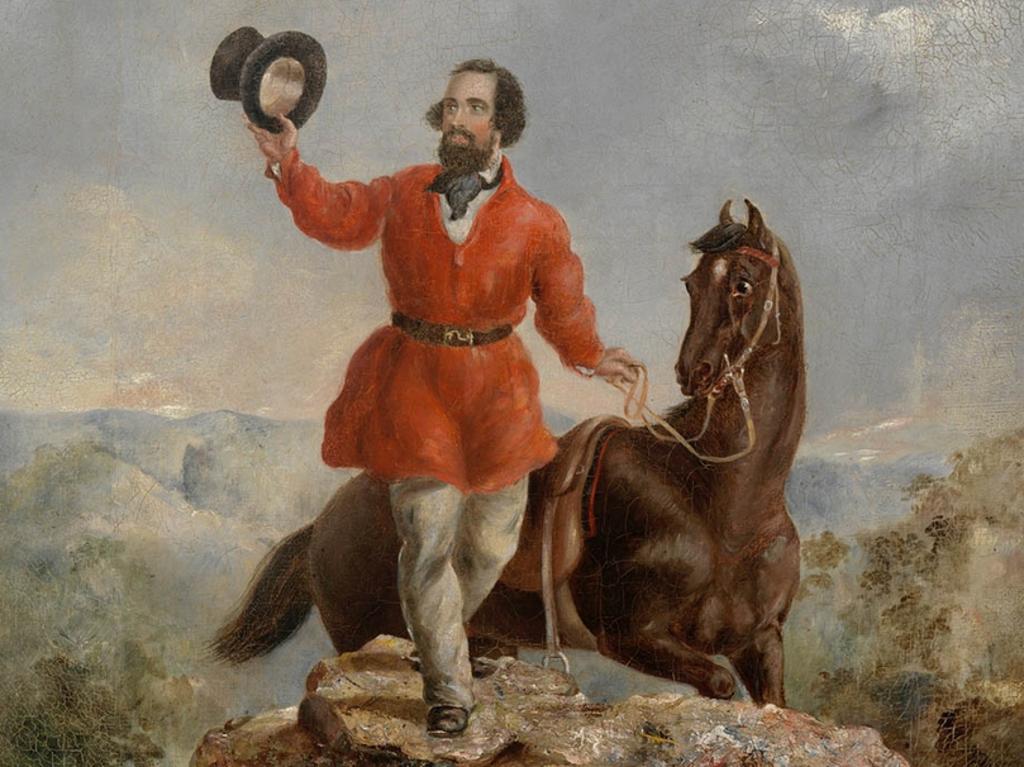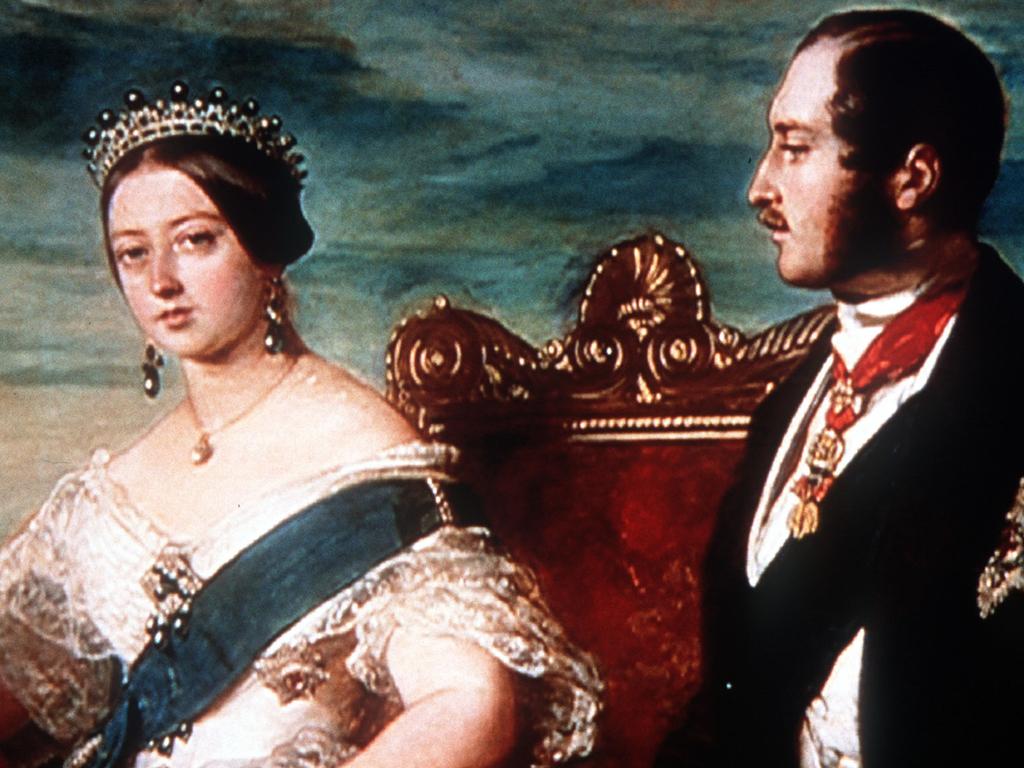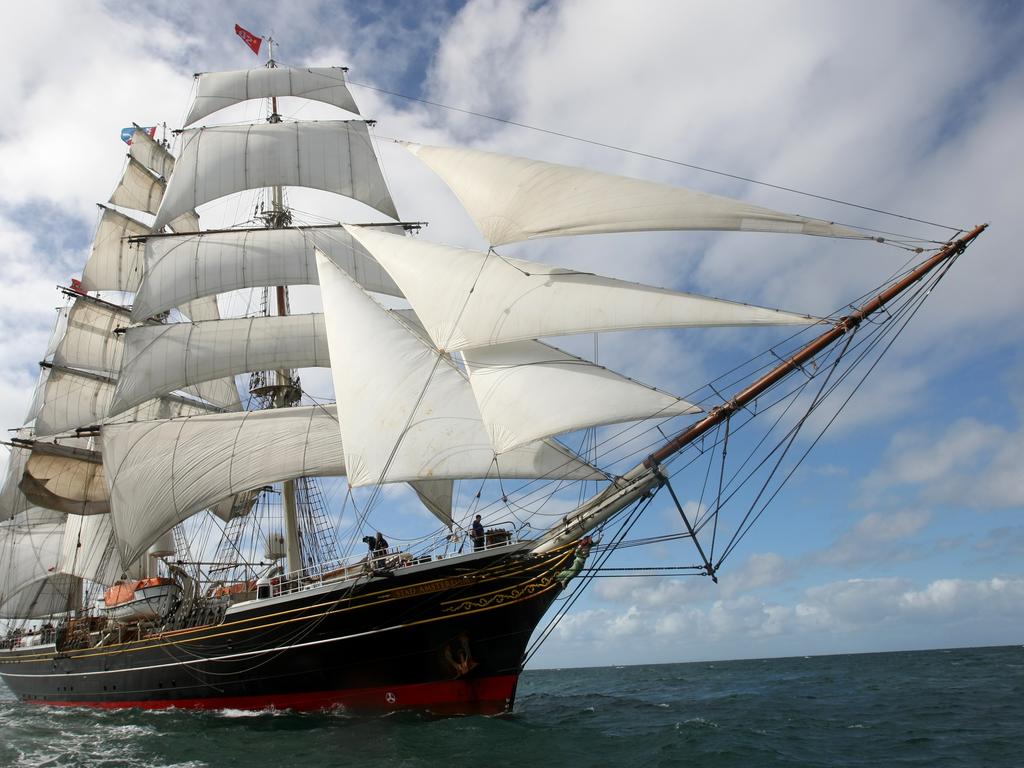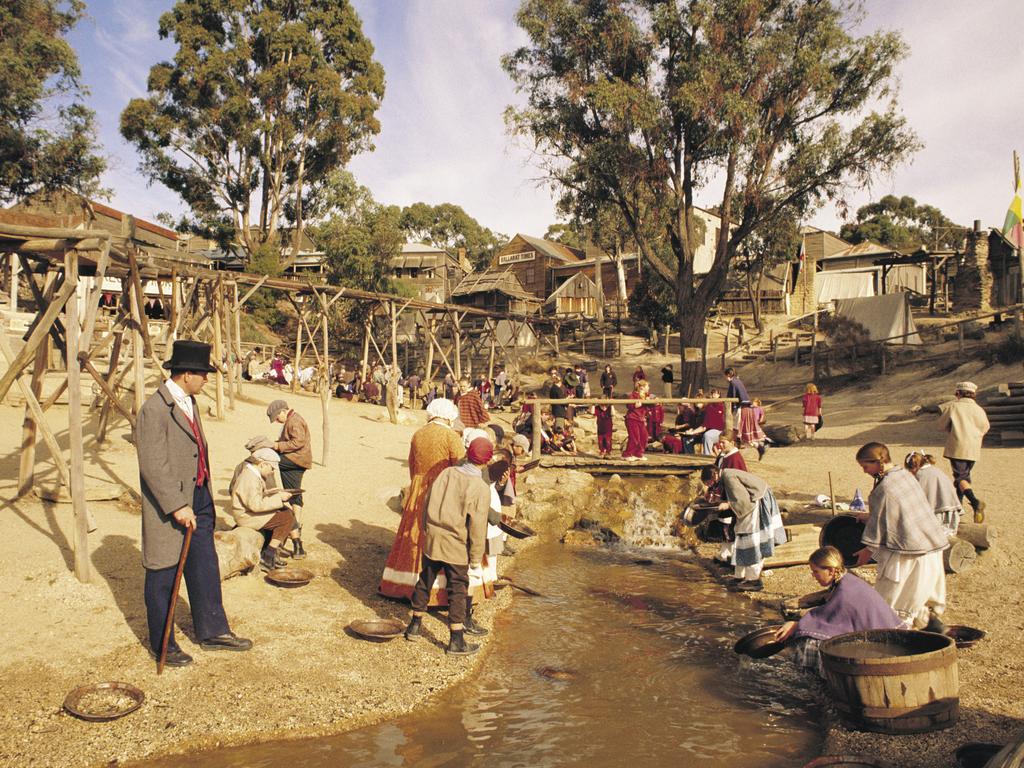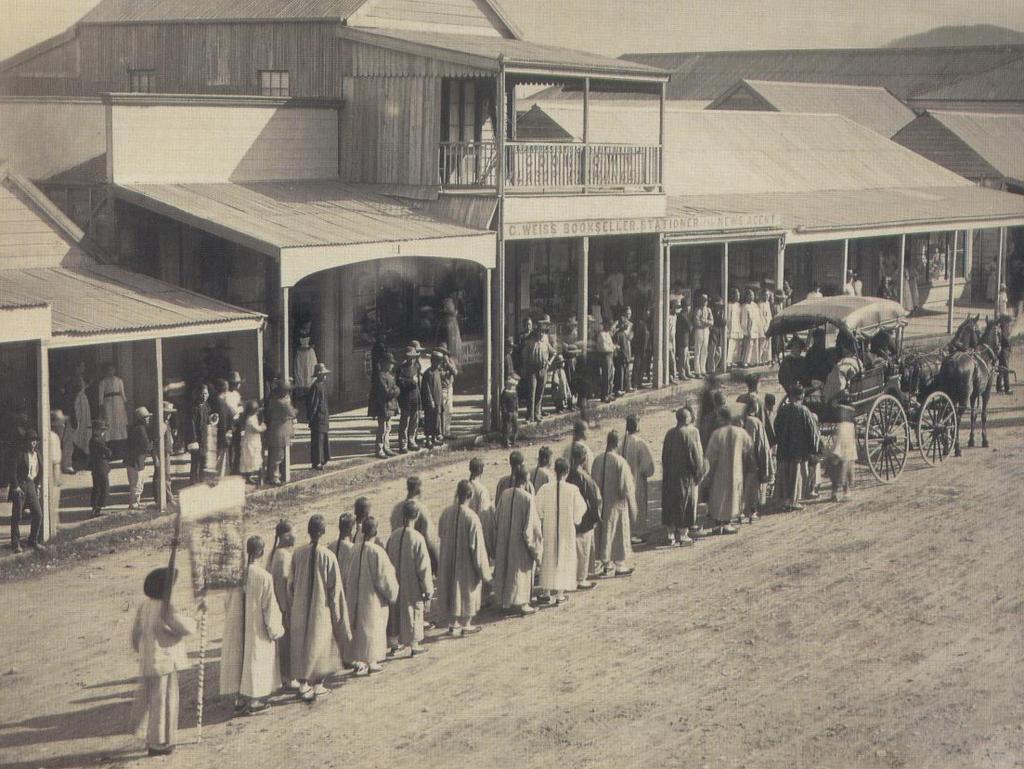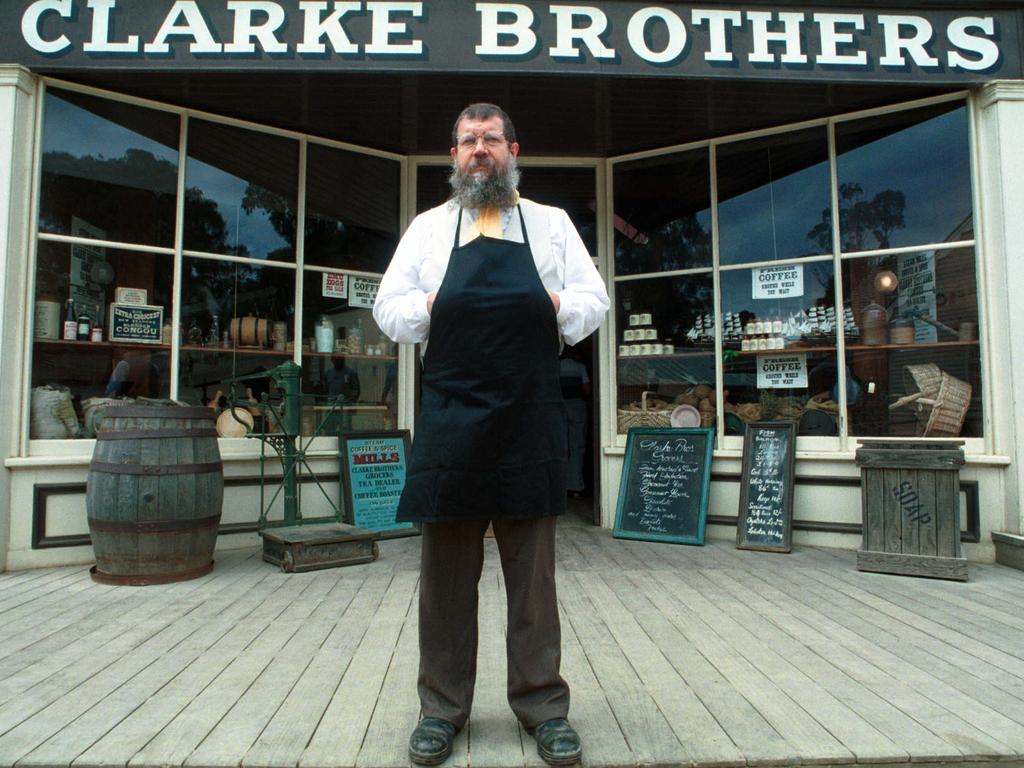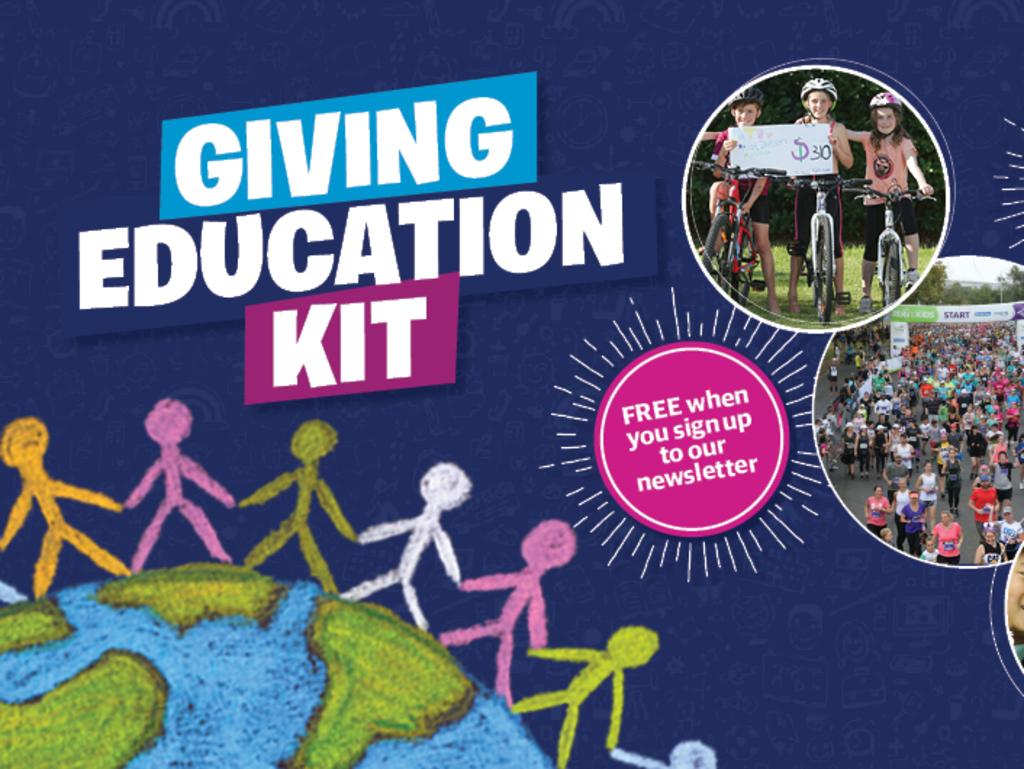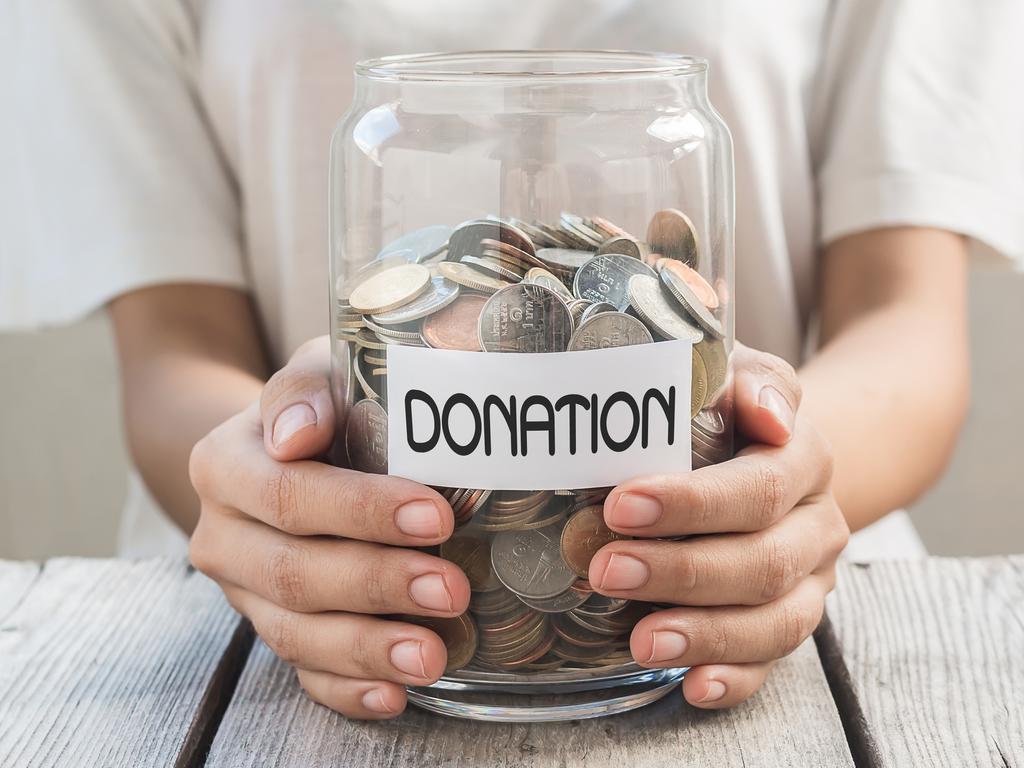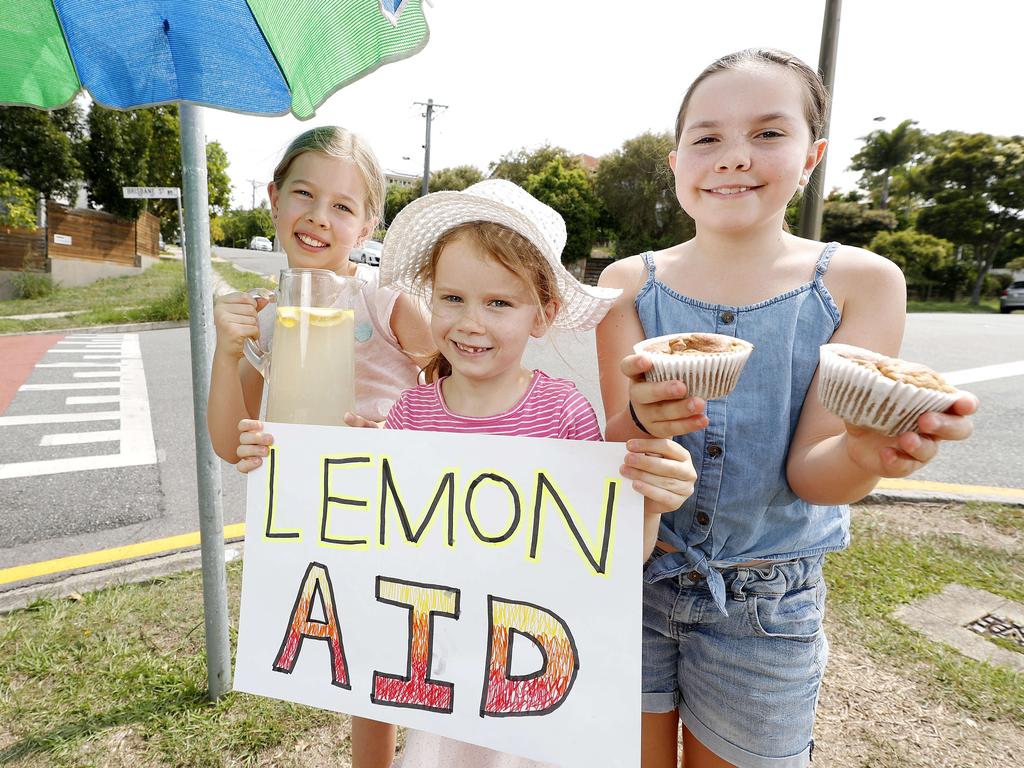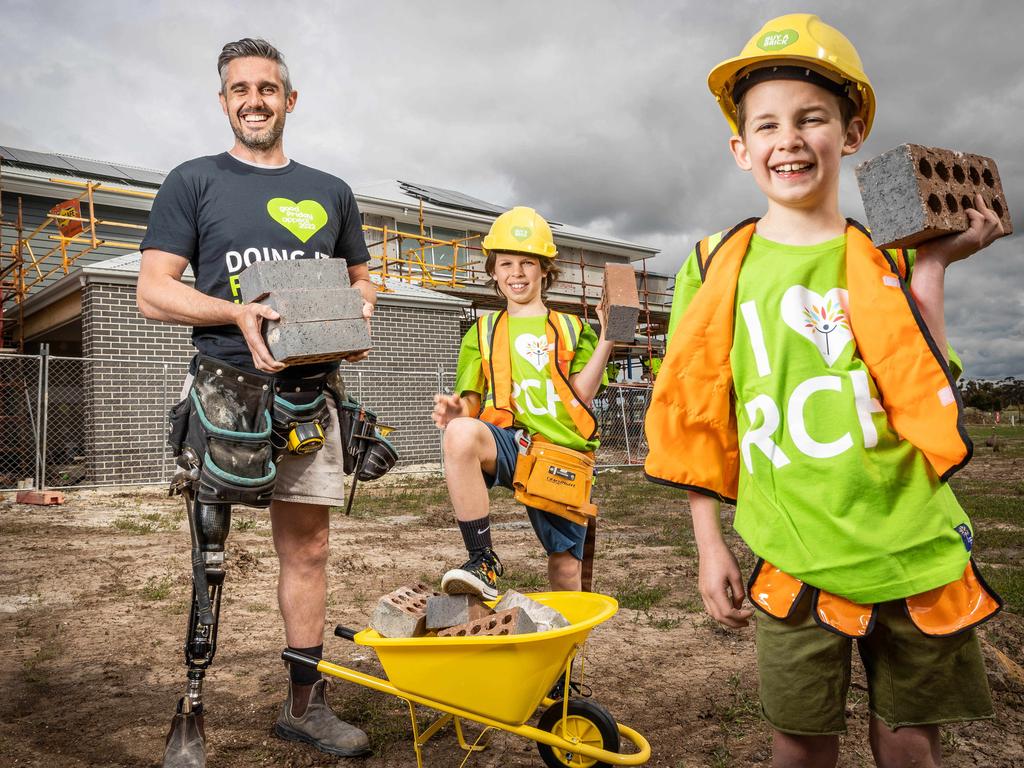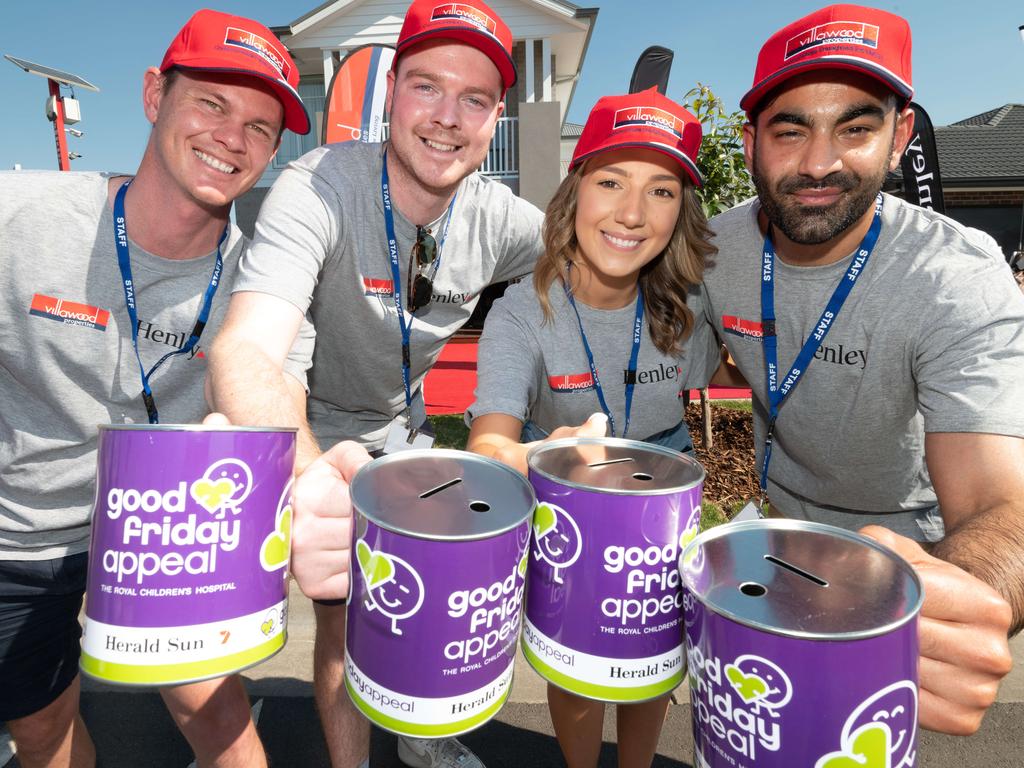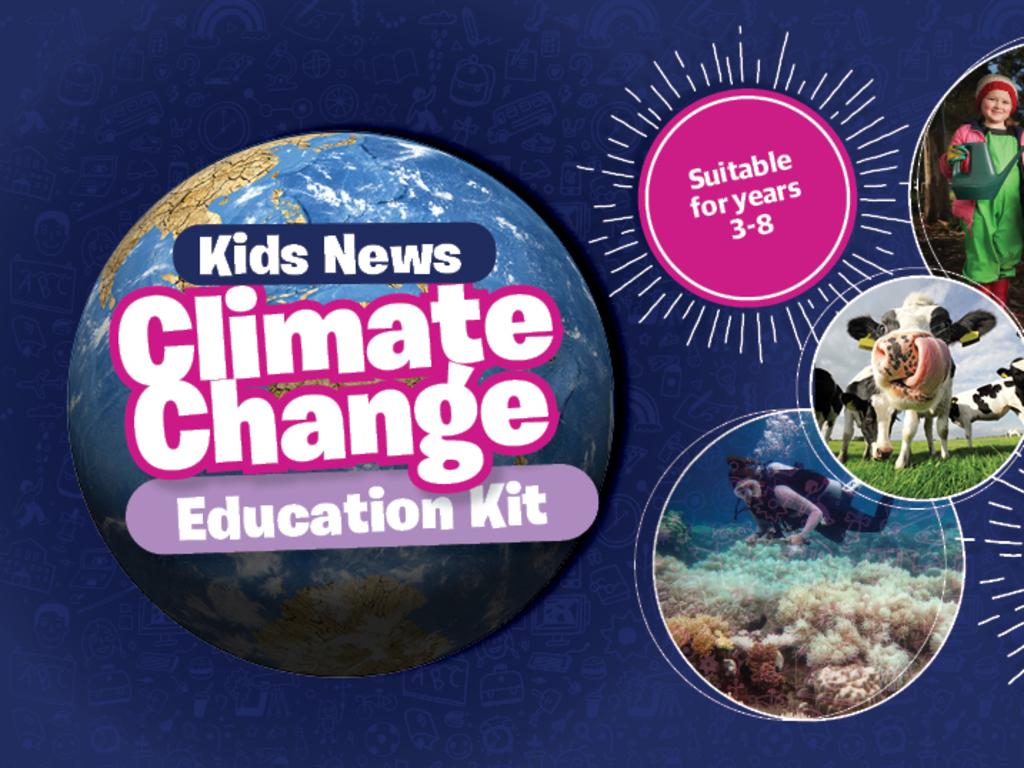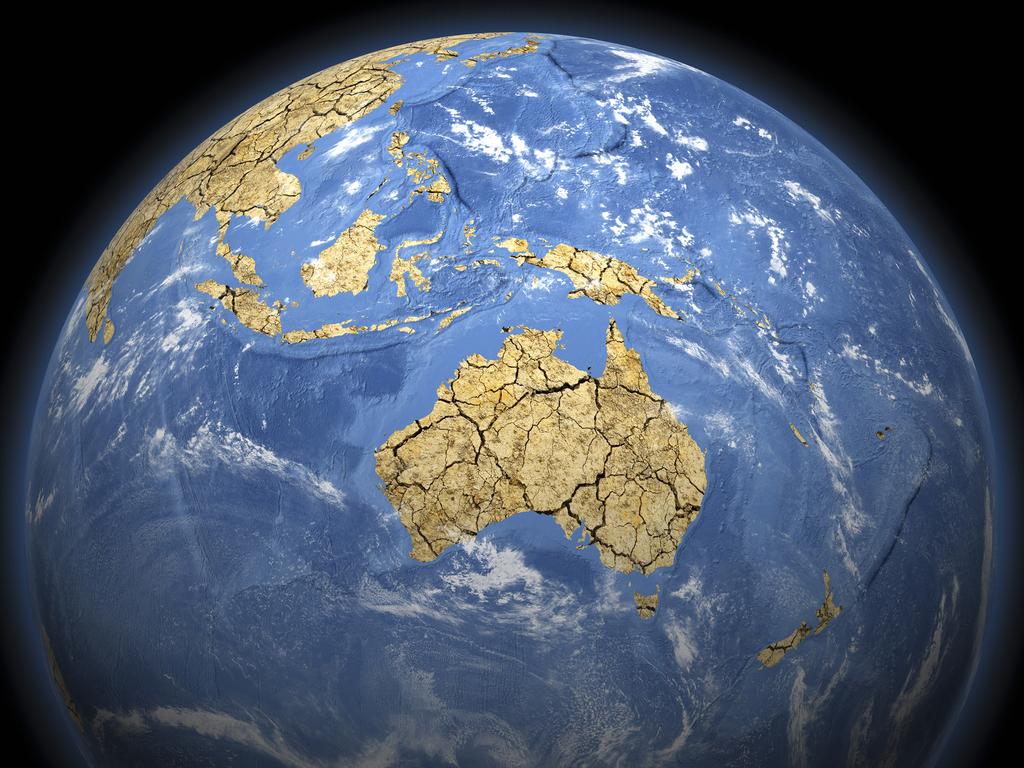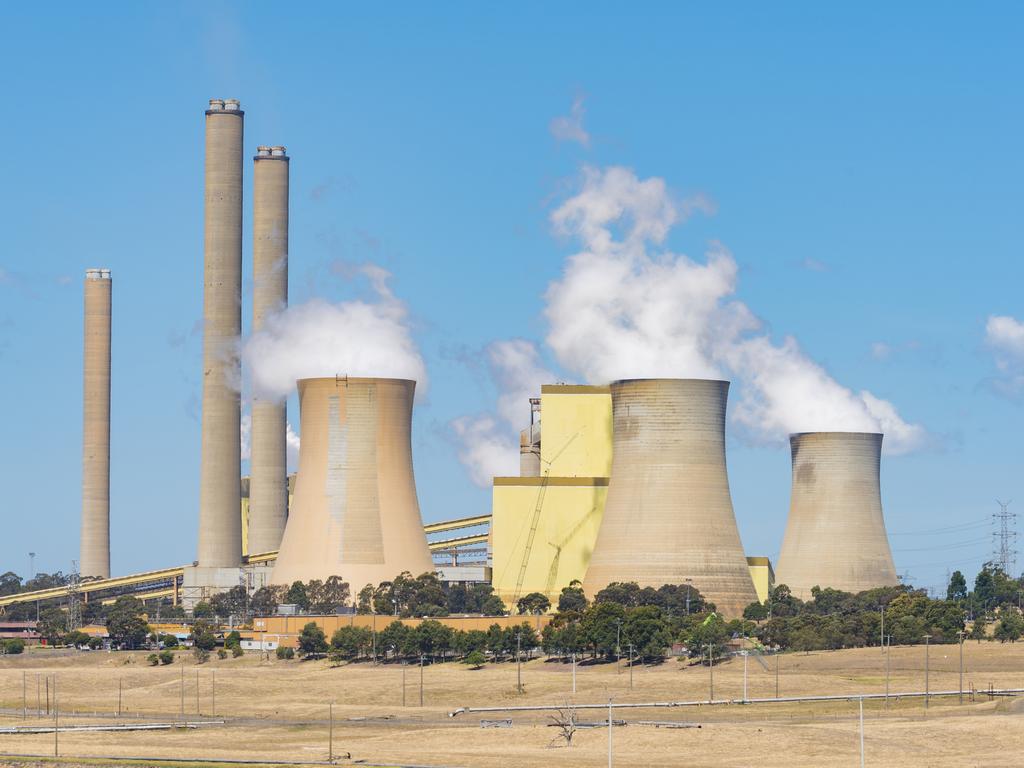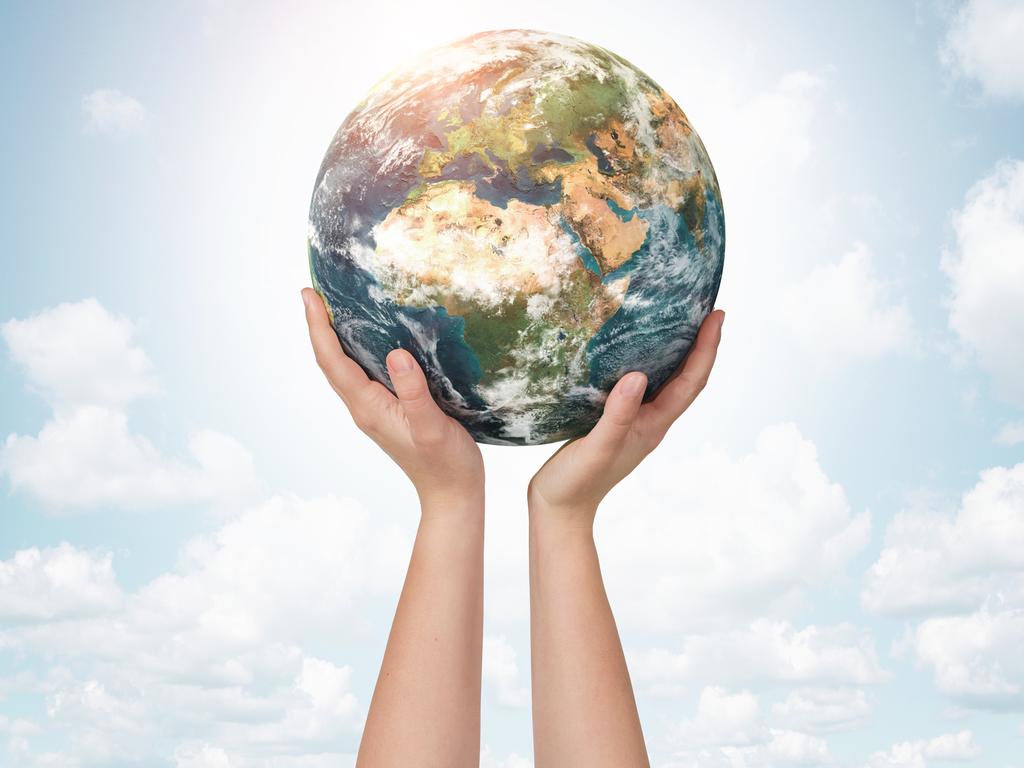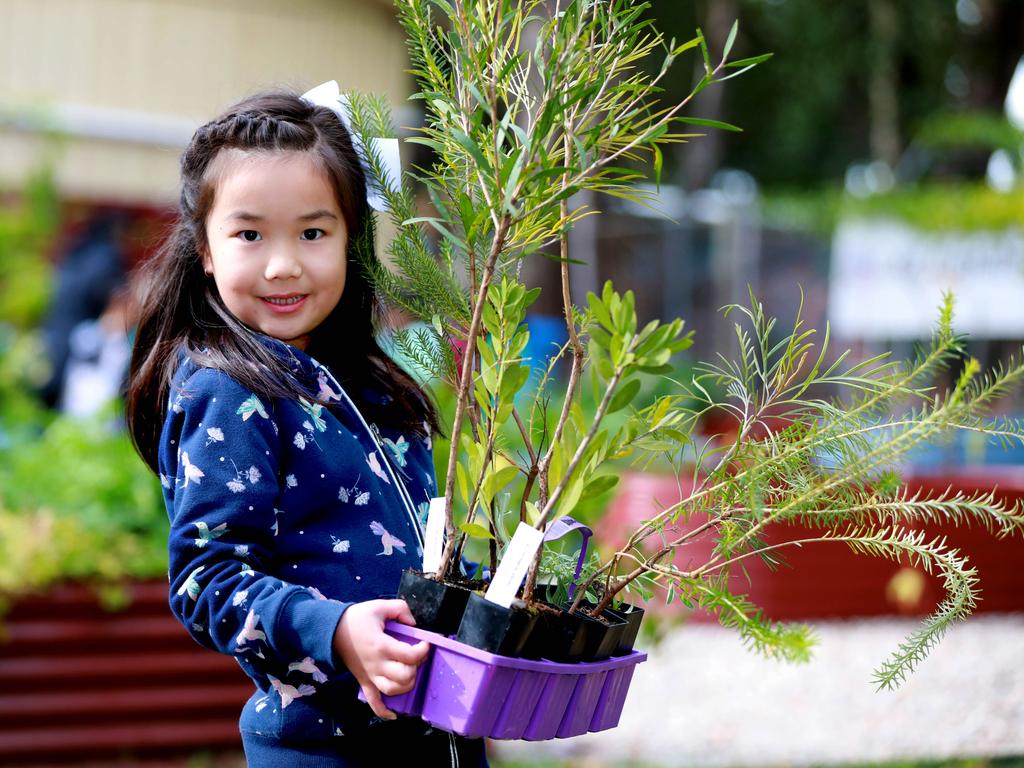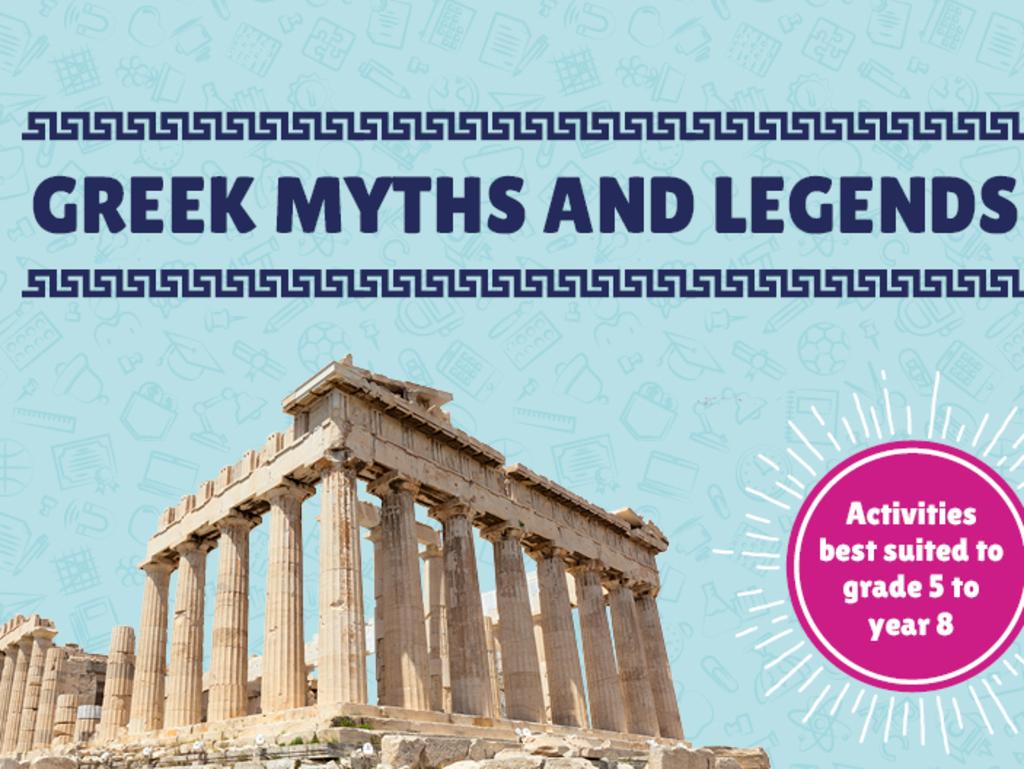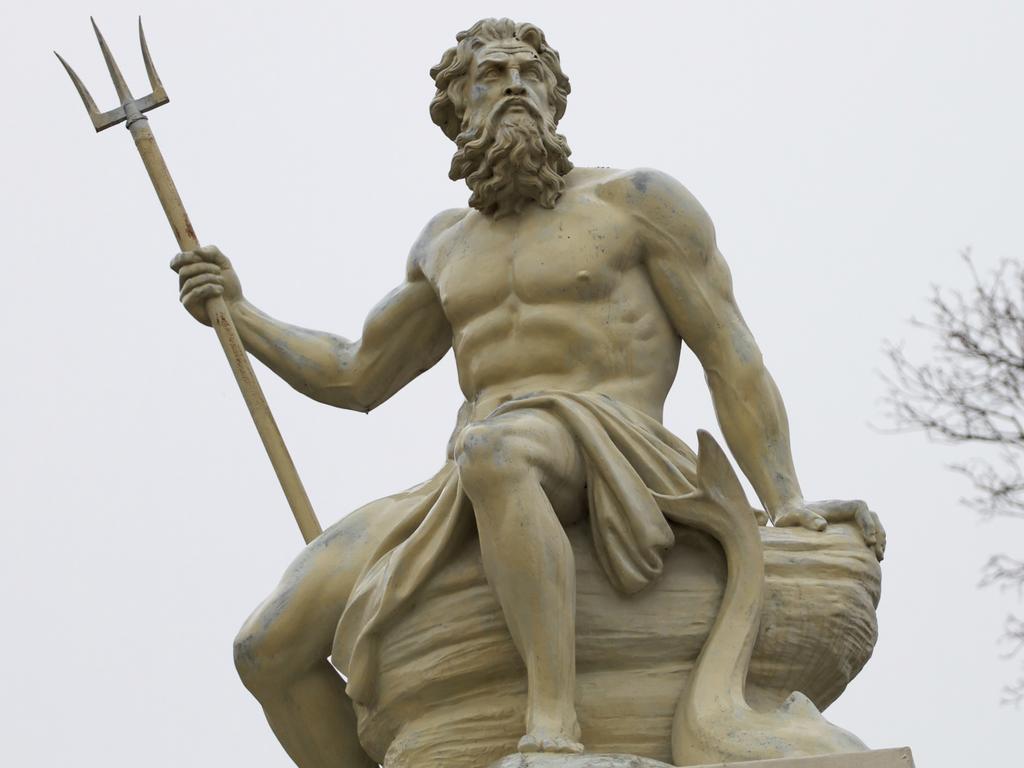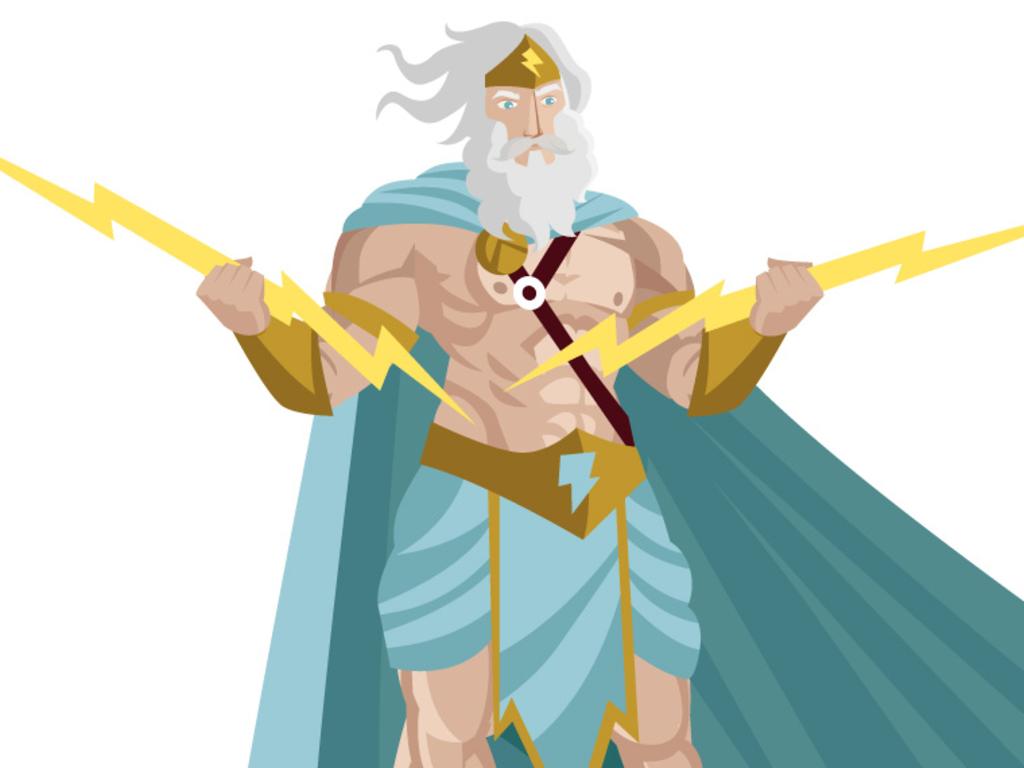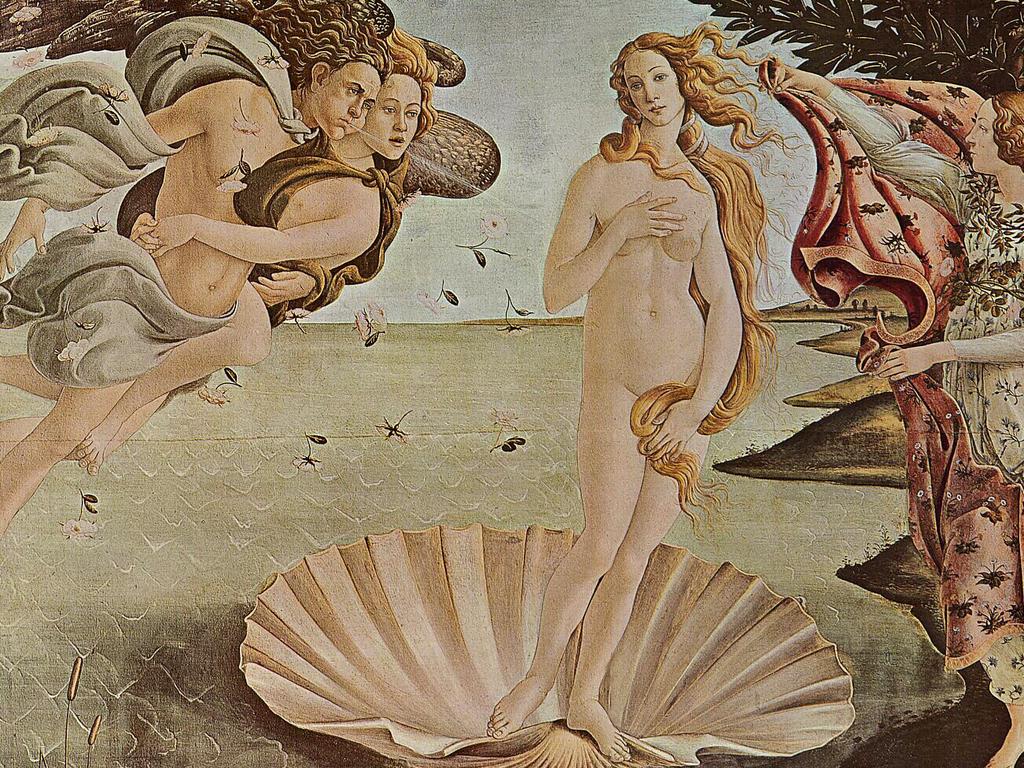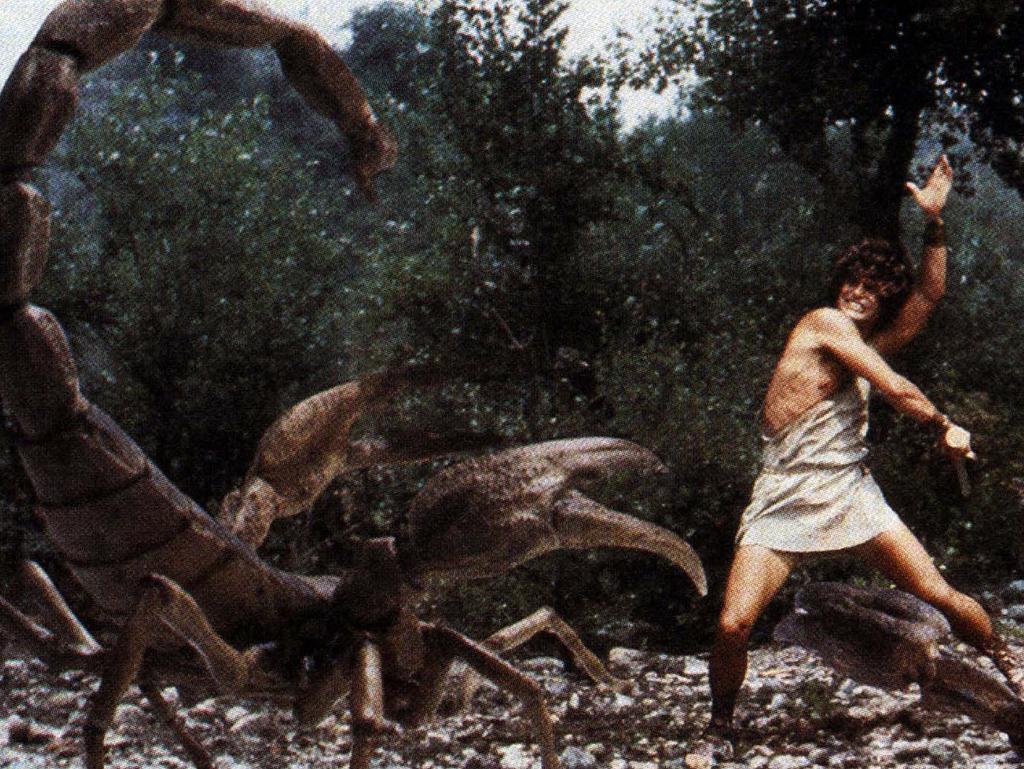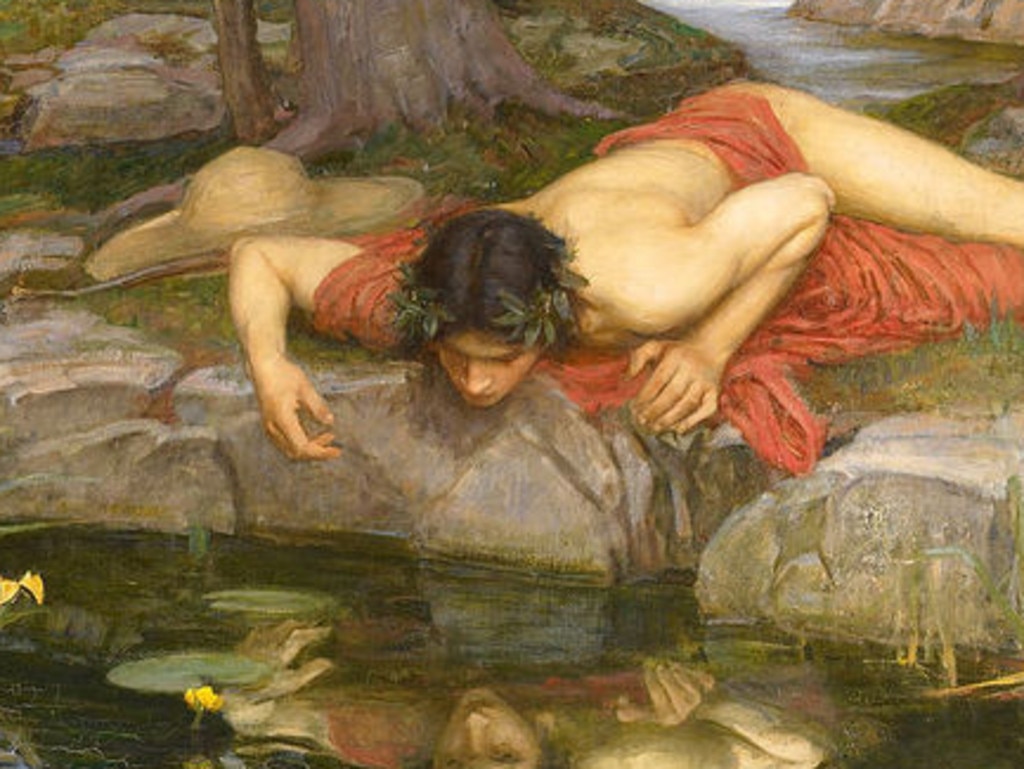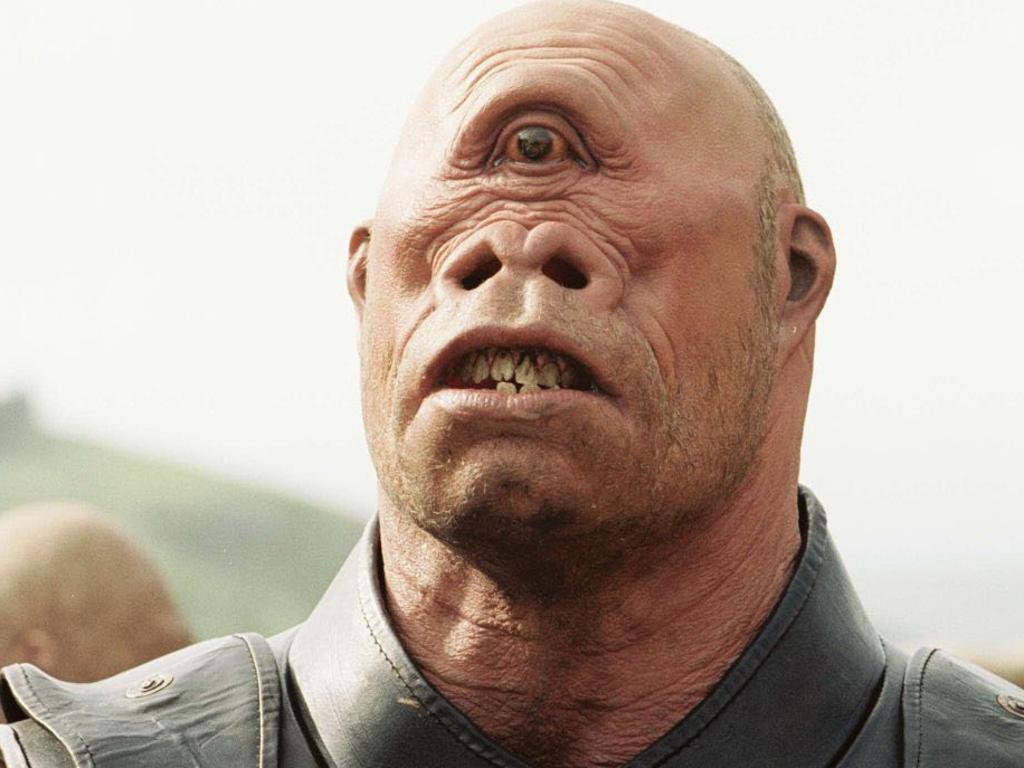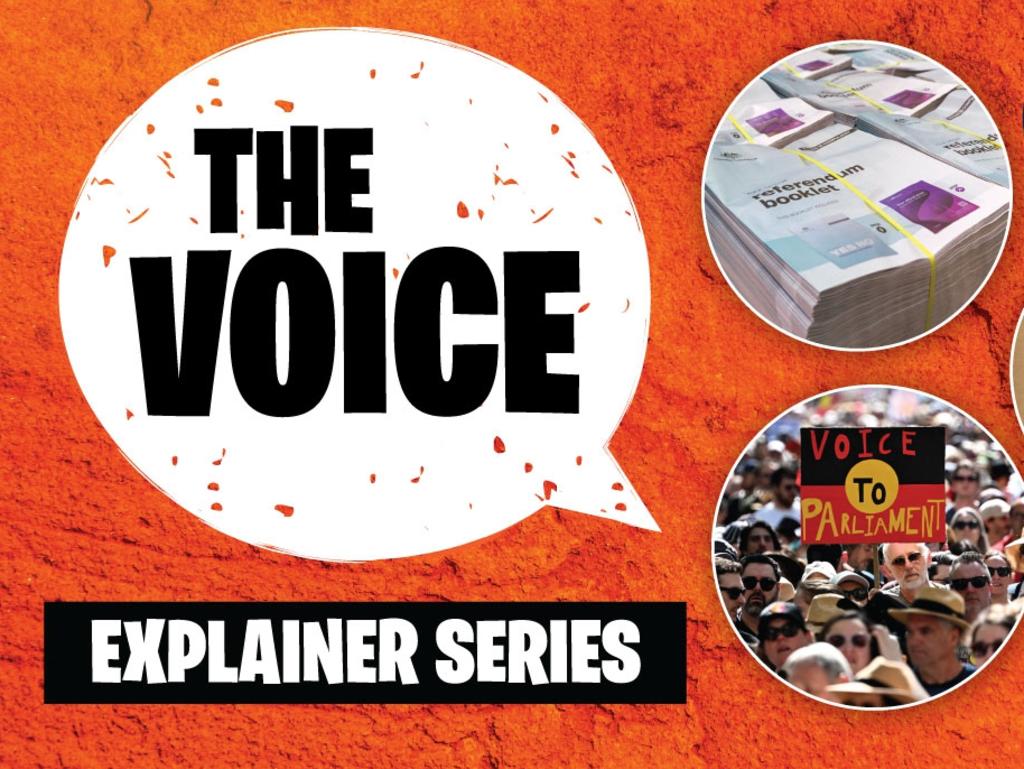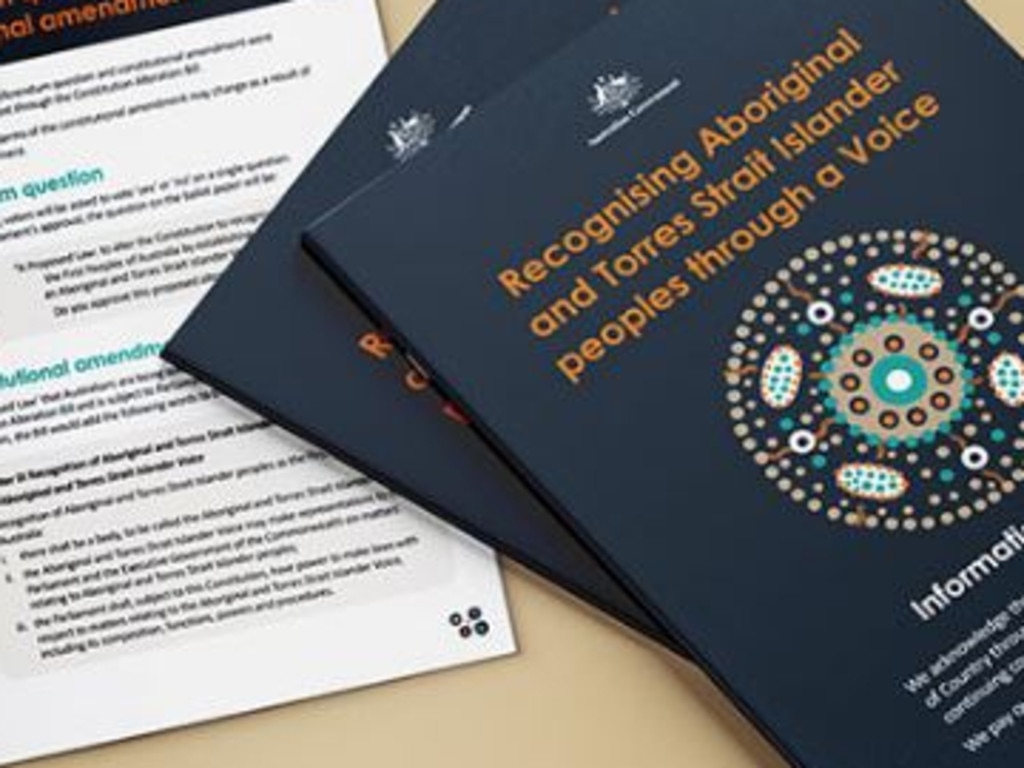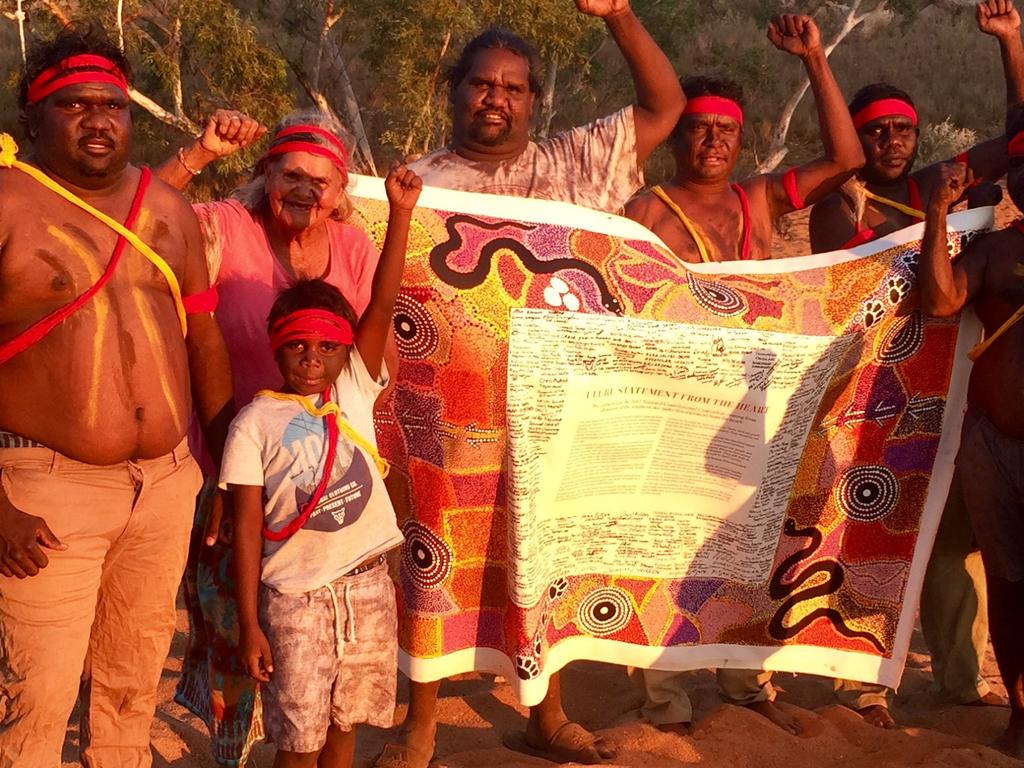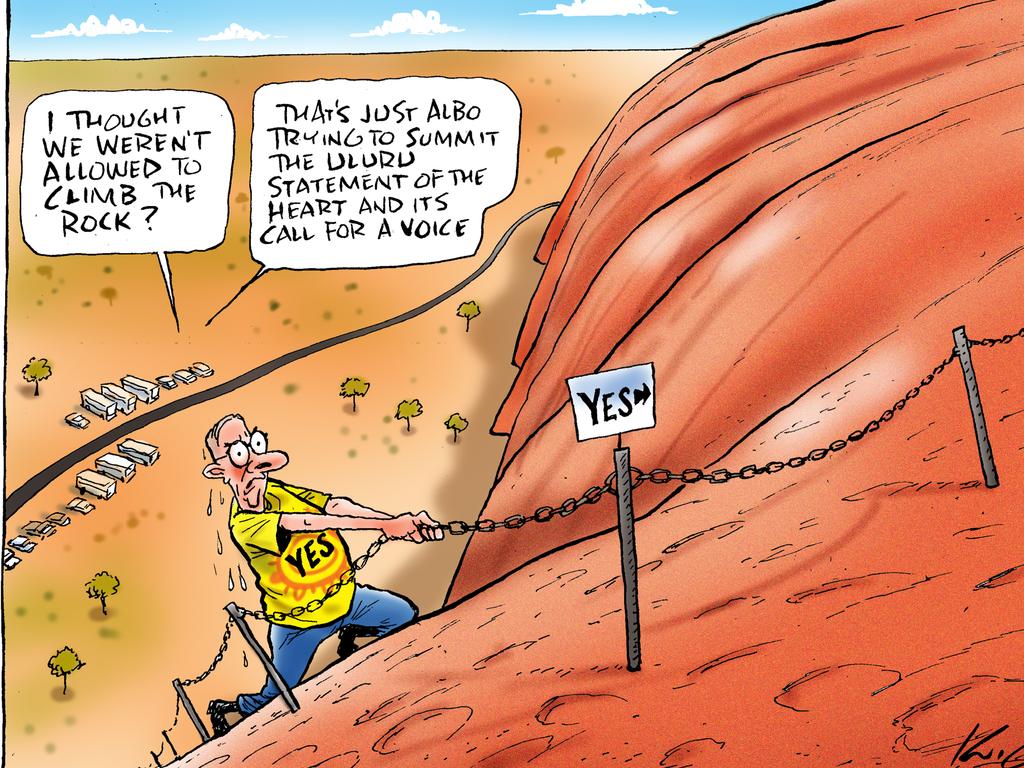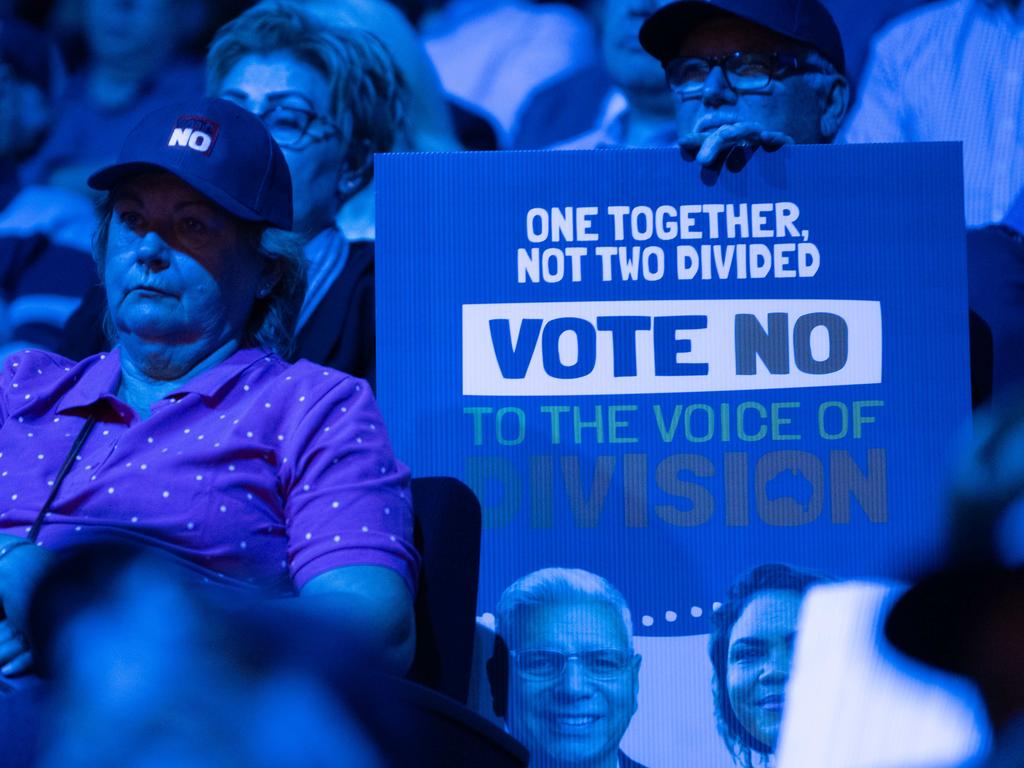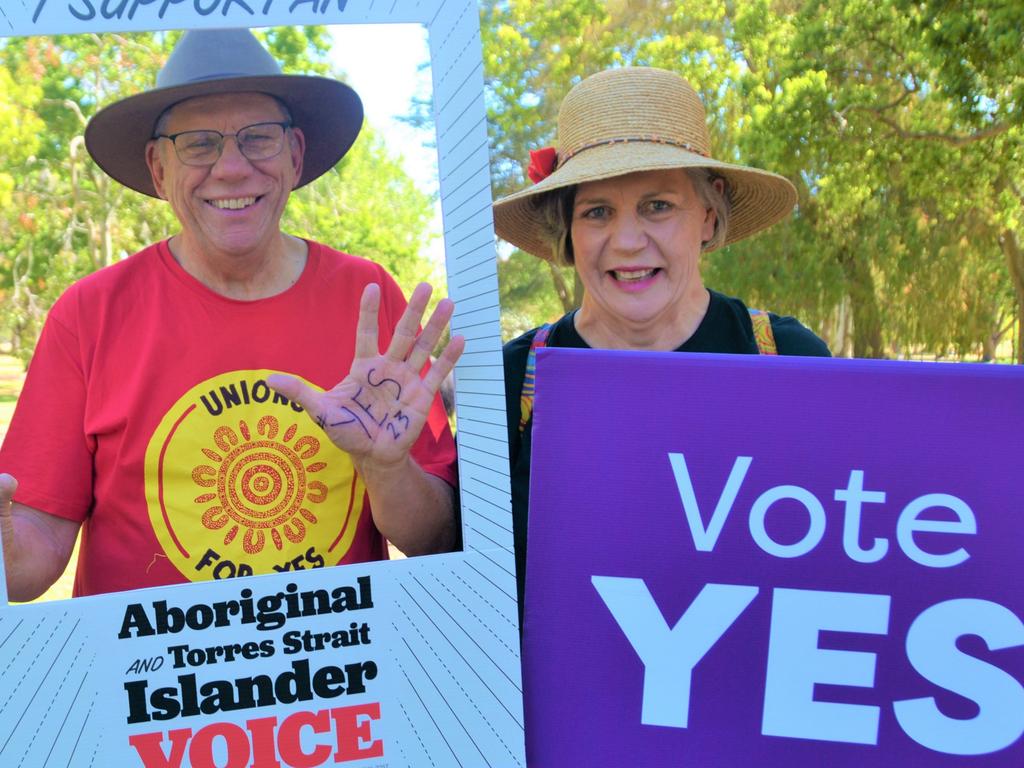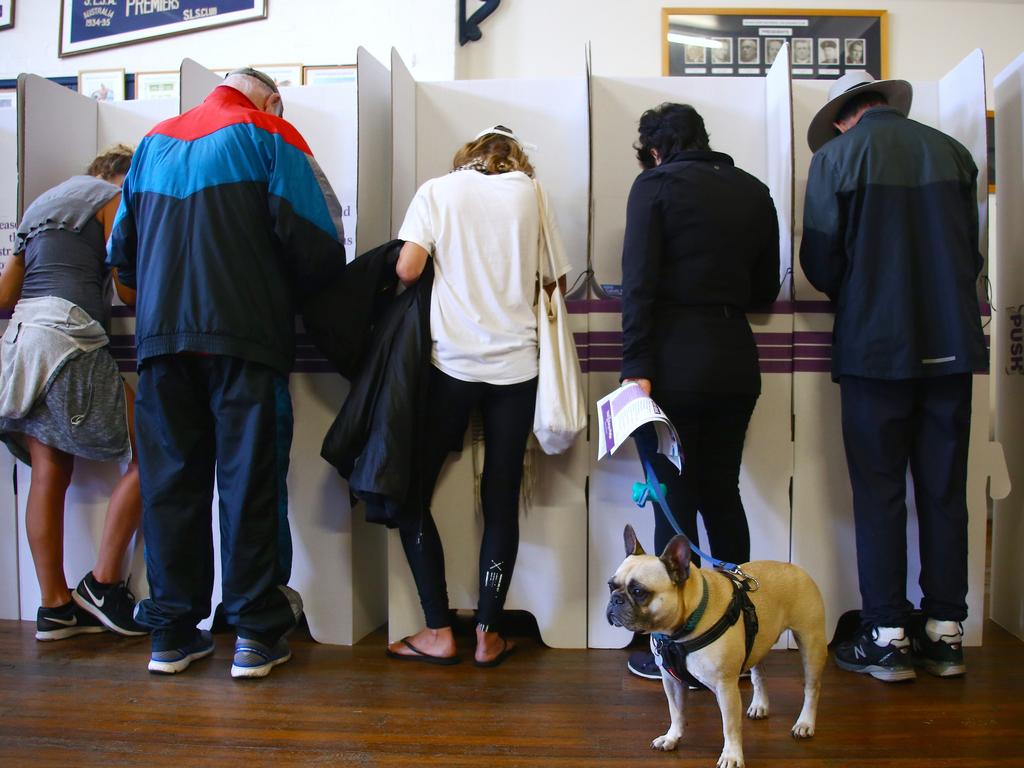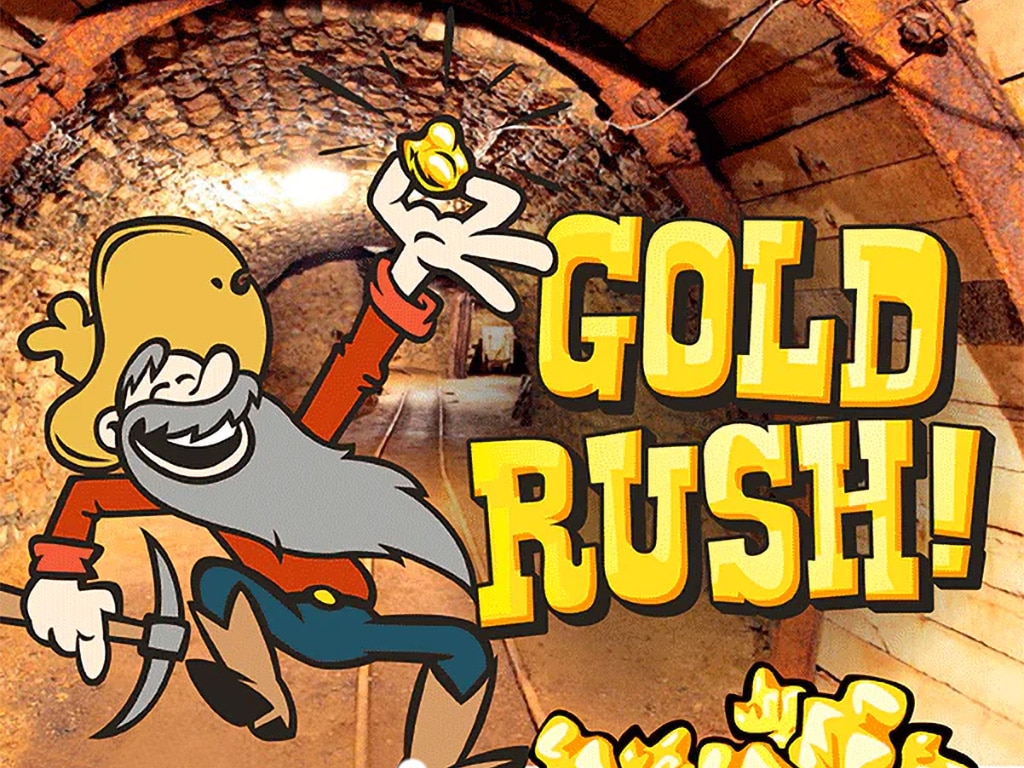
Education Kits
Christmas
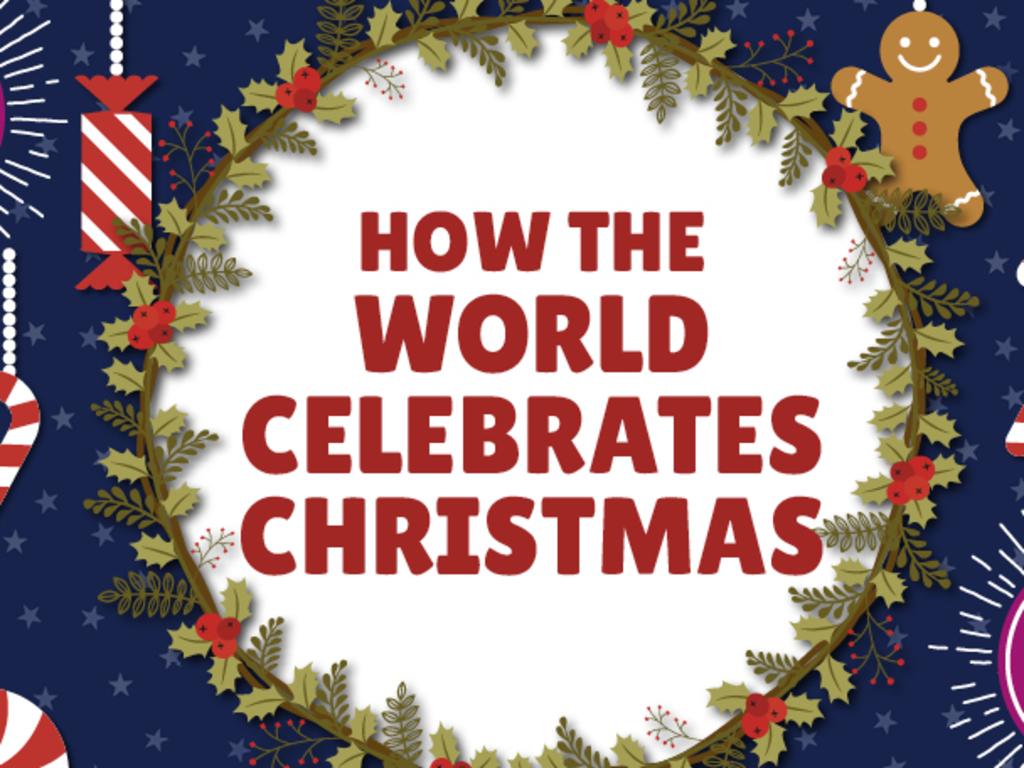
50 fun activities on the history of Christmas
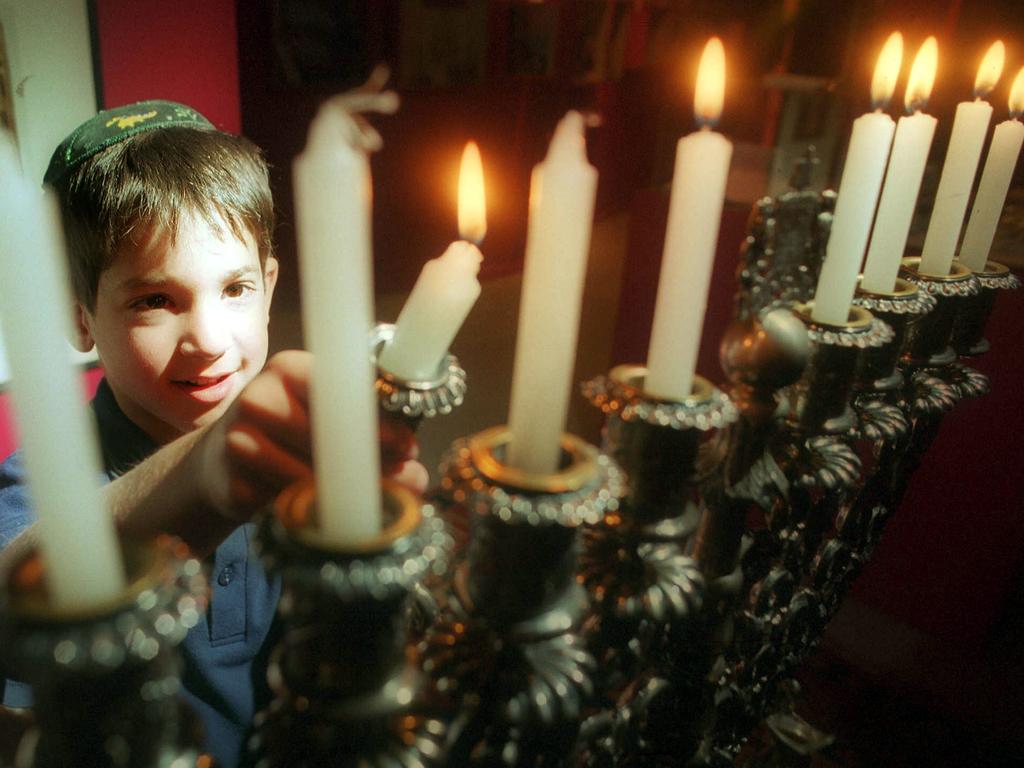
‘Tis the season for customs and traditions

The history behind our decorations
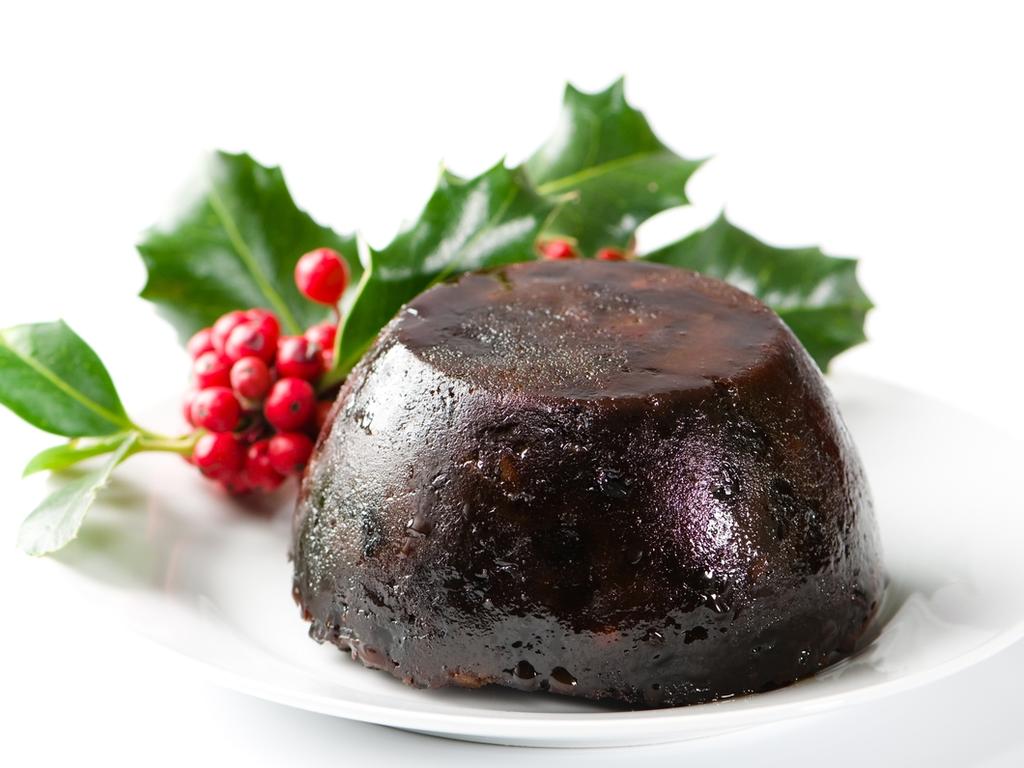
Festive foods and where they come from
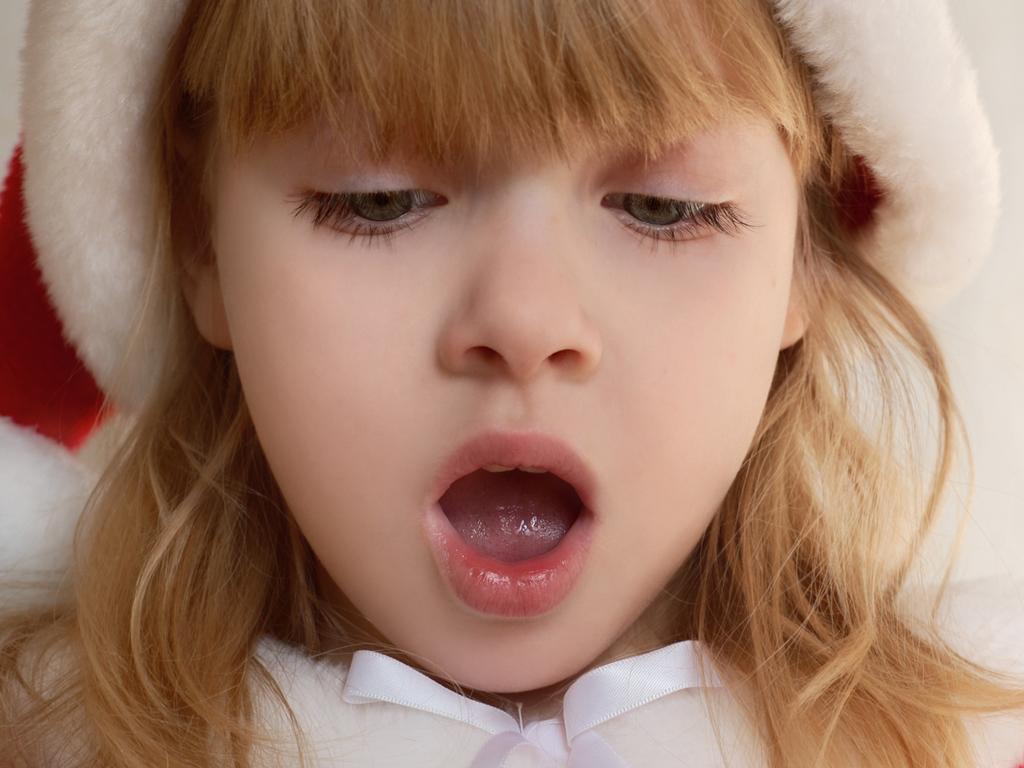
Interesting tales behind our popular carols
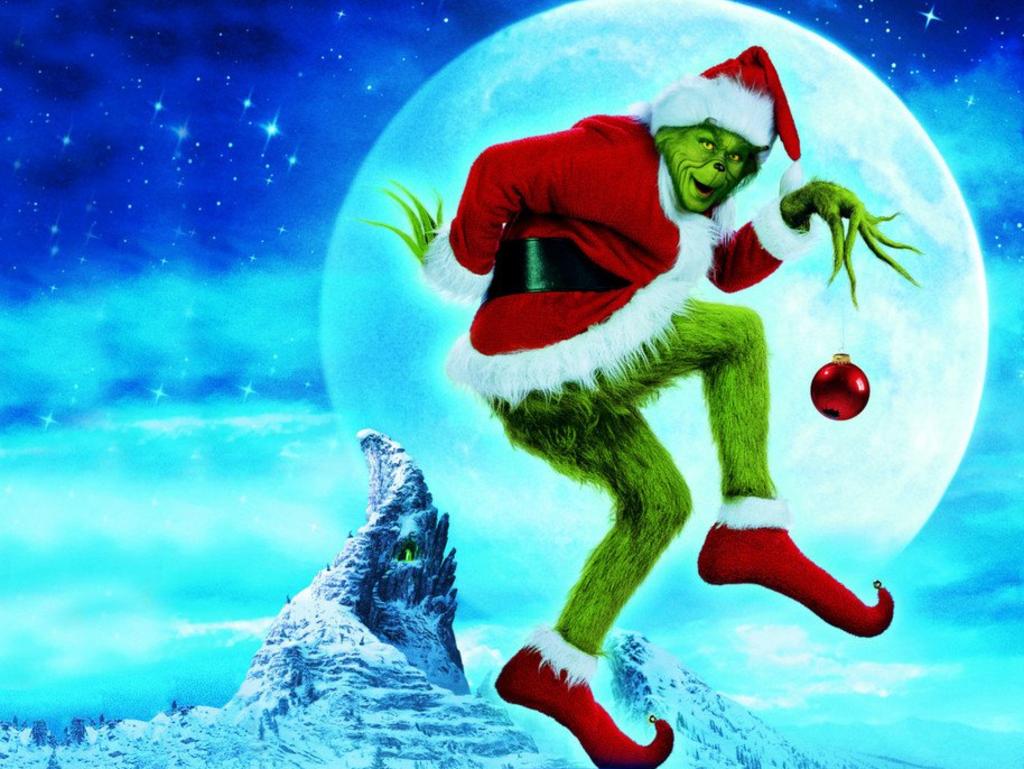
Santa films you can watch over and over

How to have a greener and cleaner Christmas

Anyway you say it, it’s a merry greeting
Health of the Nation
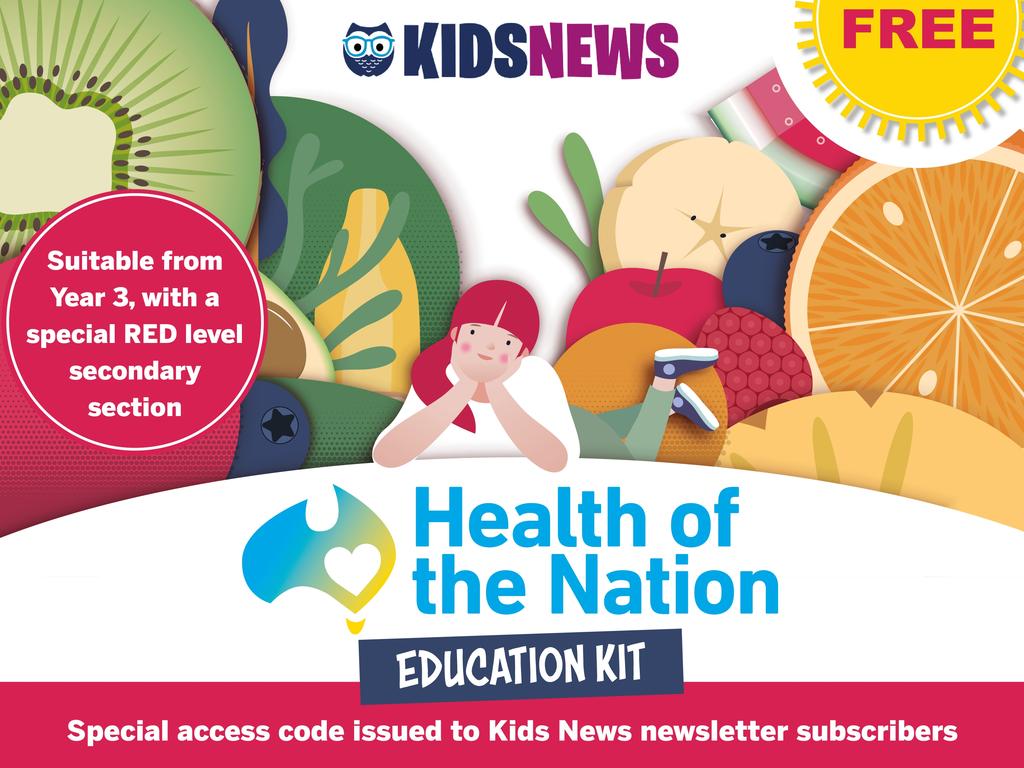
Get our free Health of the Nation Education Kit
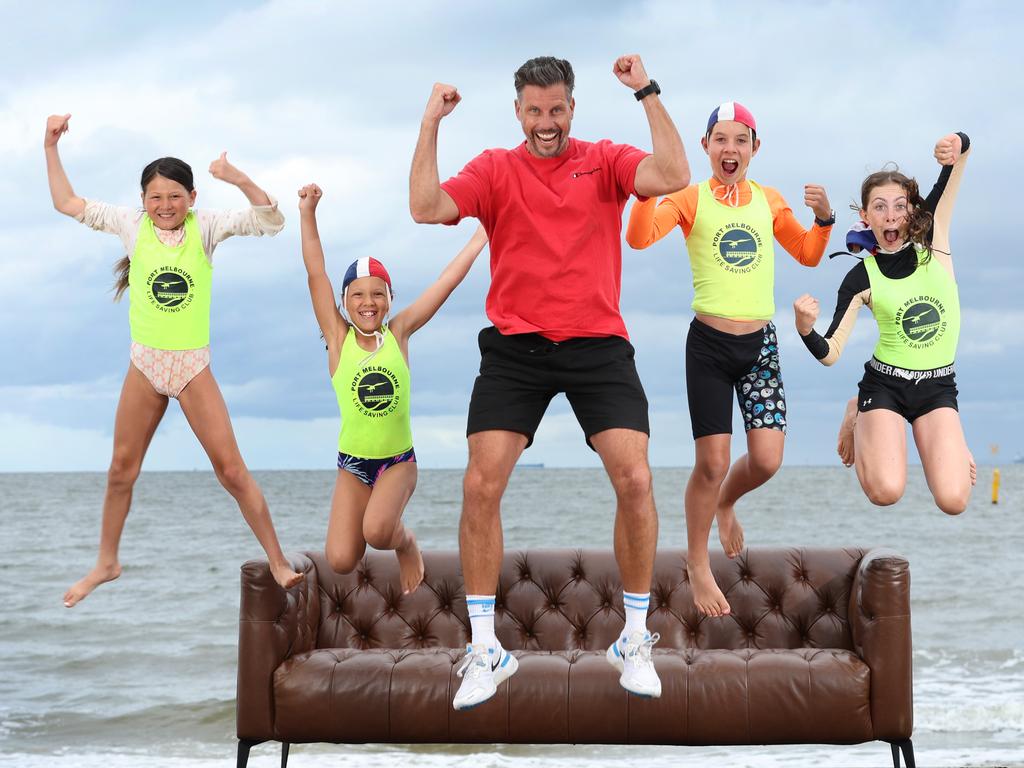
What’s the problem with our nation’s health?

What food types and portion sizes should kids eat?
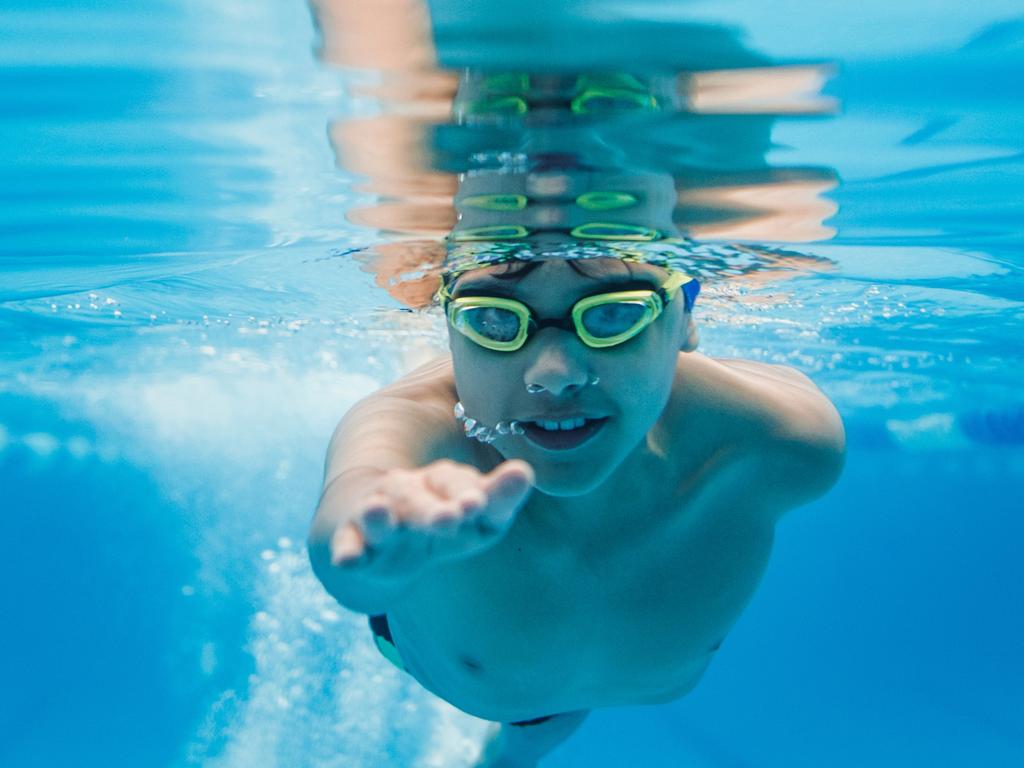
Log off and move more to live a longer life
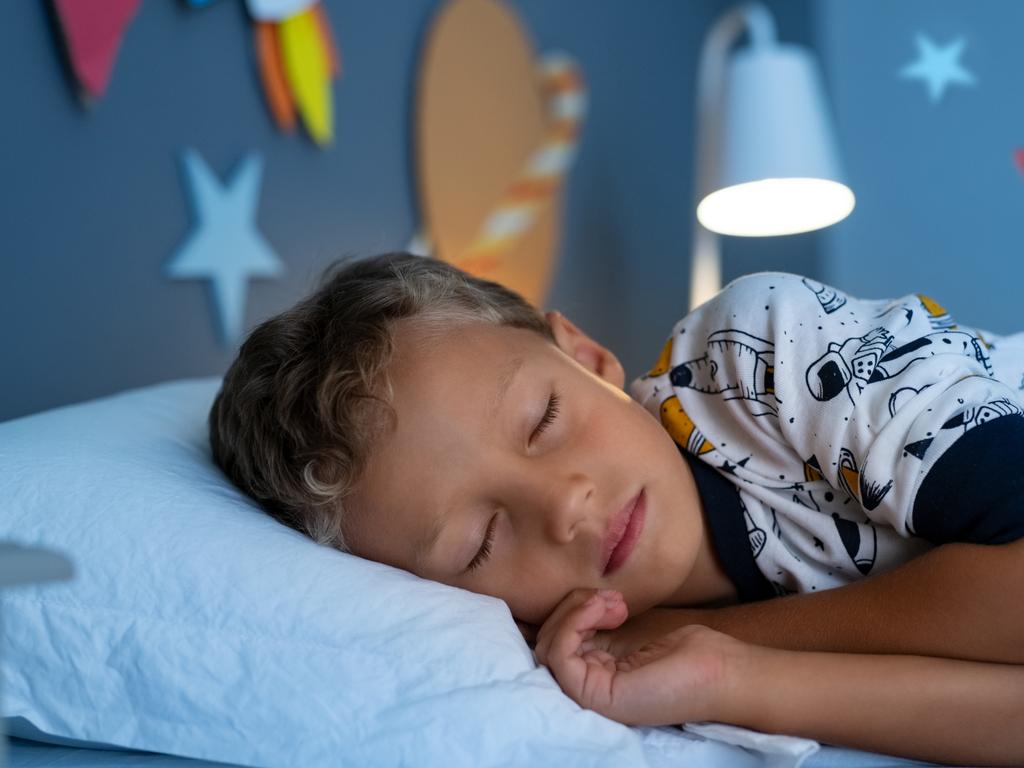
All kids need the right amount of sleep to grow
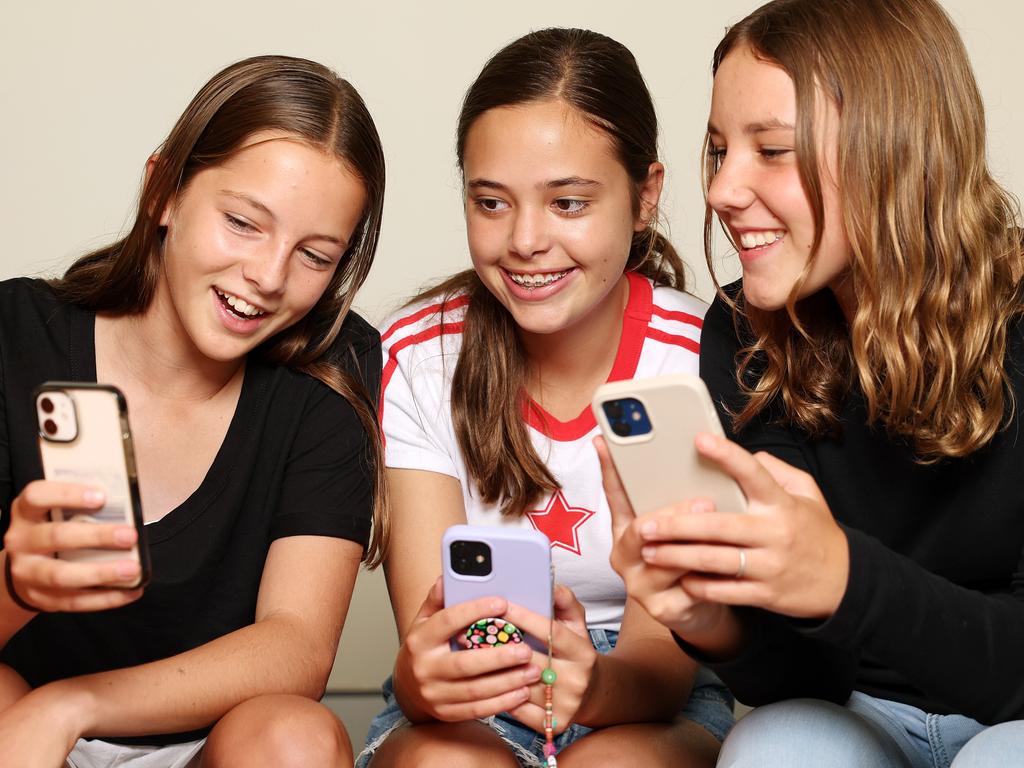
Devices, mental health and how to tackle cyberbullying

Taking care of your teeth is a reason to smile

Host a school walkathon to boost your health
Moon Landing
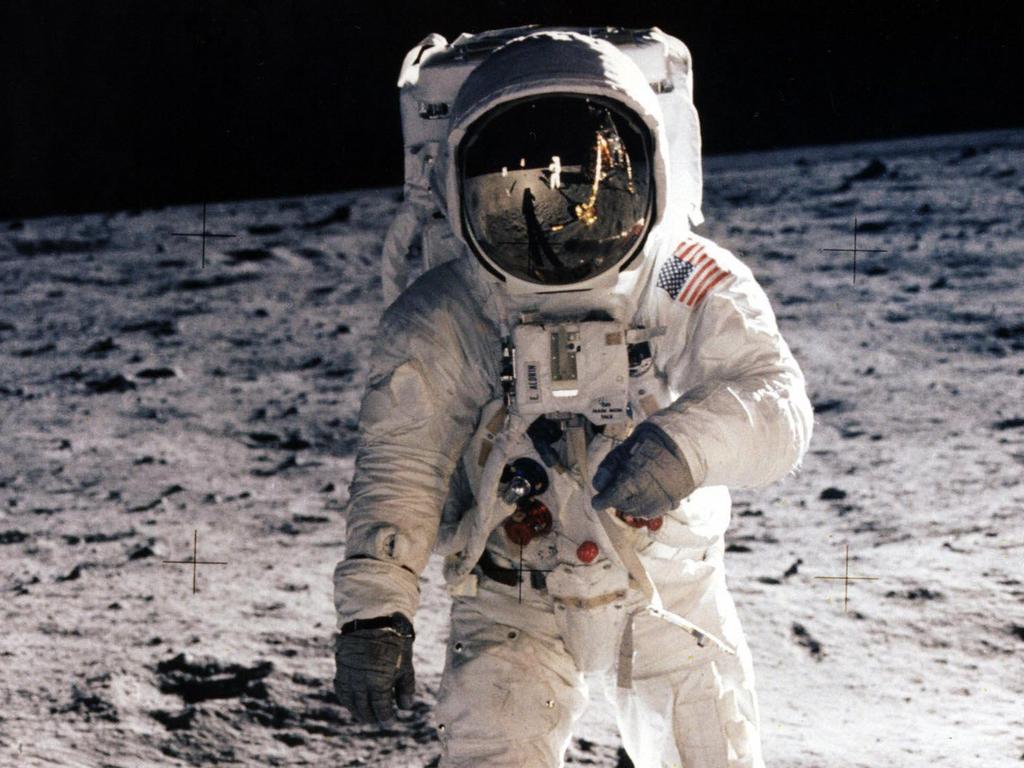
How to purchase the moon landing inquiry kit
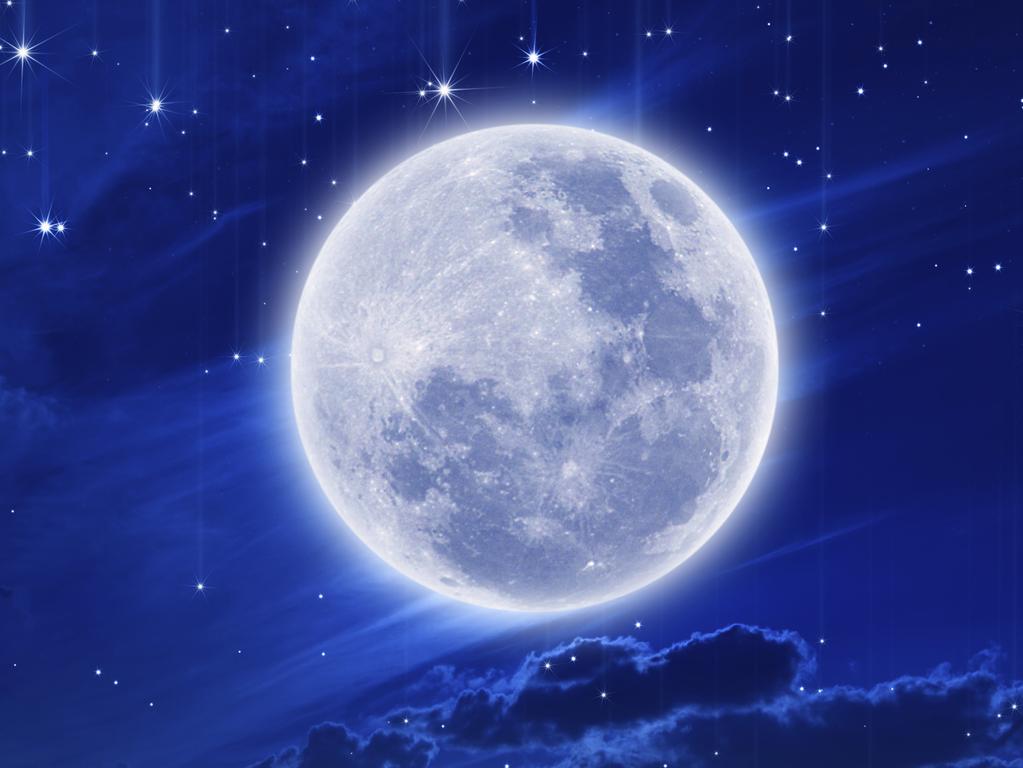
The moon, its history, and impact on our lives

Early space exploration and the race to be first
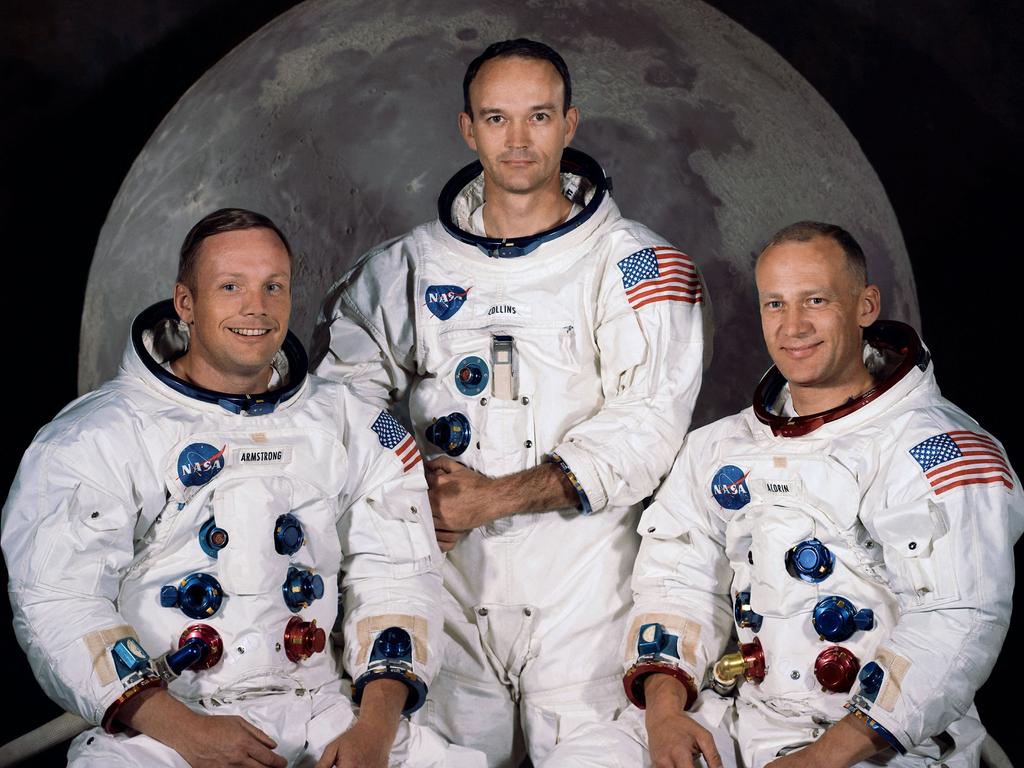
Three ordinary men who made extraordinary history
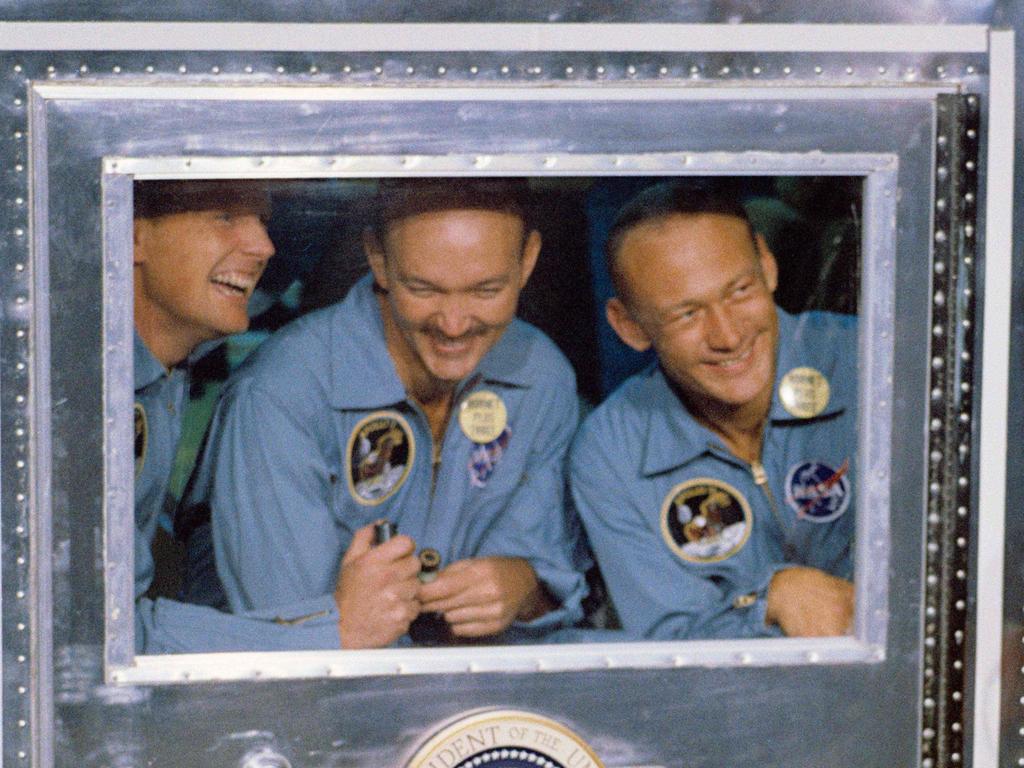
Weird and wacky training to mimic the lunar conditions
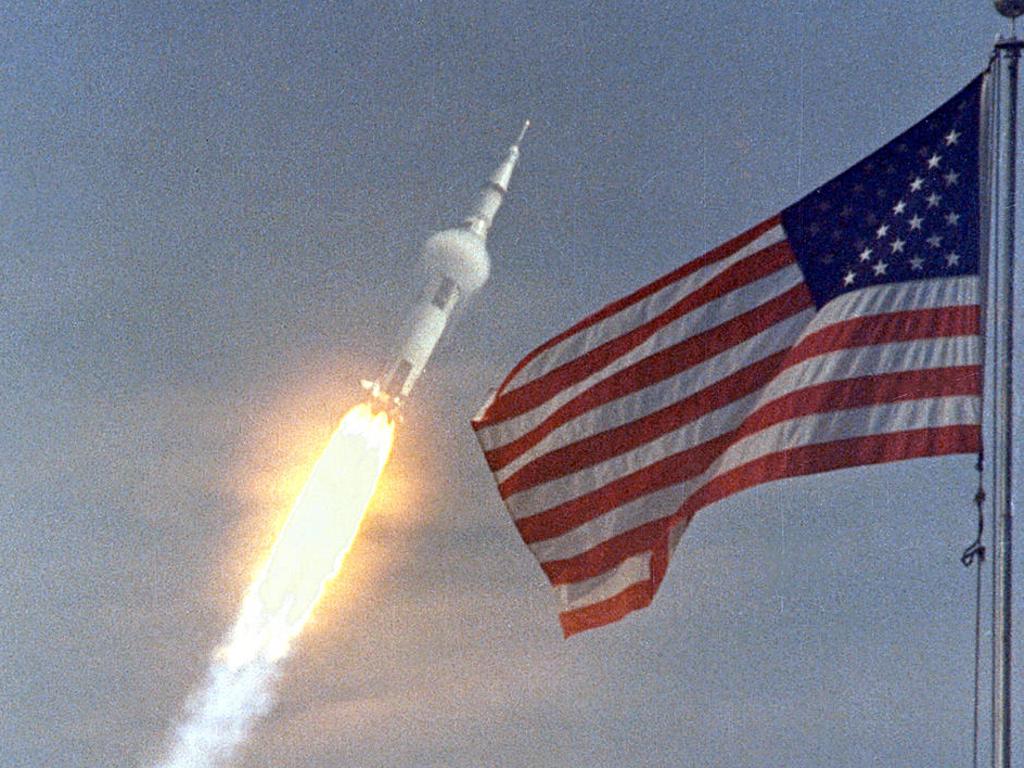
Inside the powerful Saturn V rocket and Apollo 11
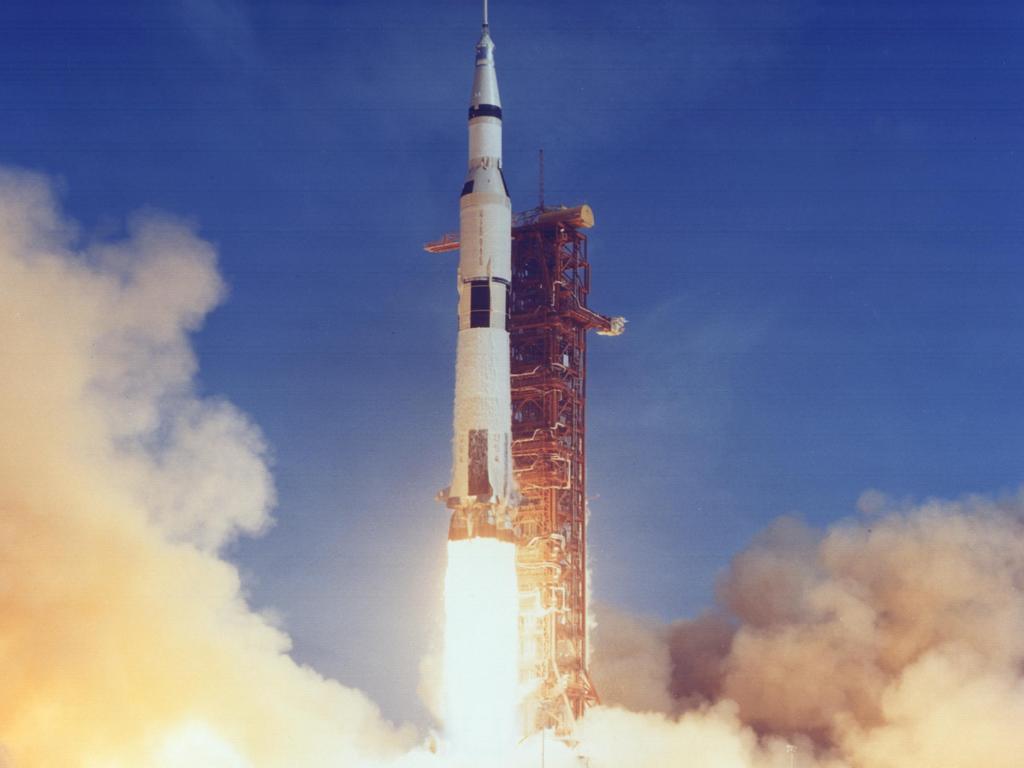
Liftoff! Life on-board the journey to the moon
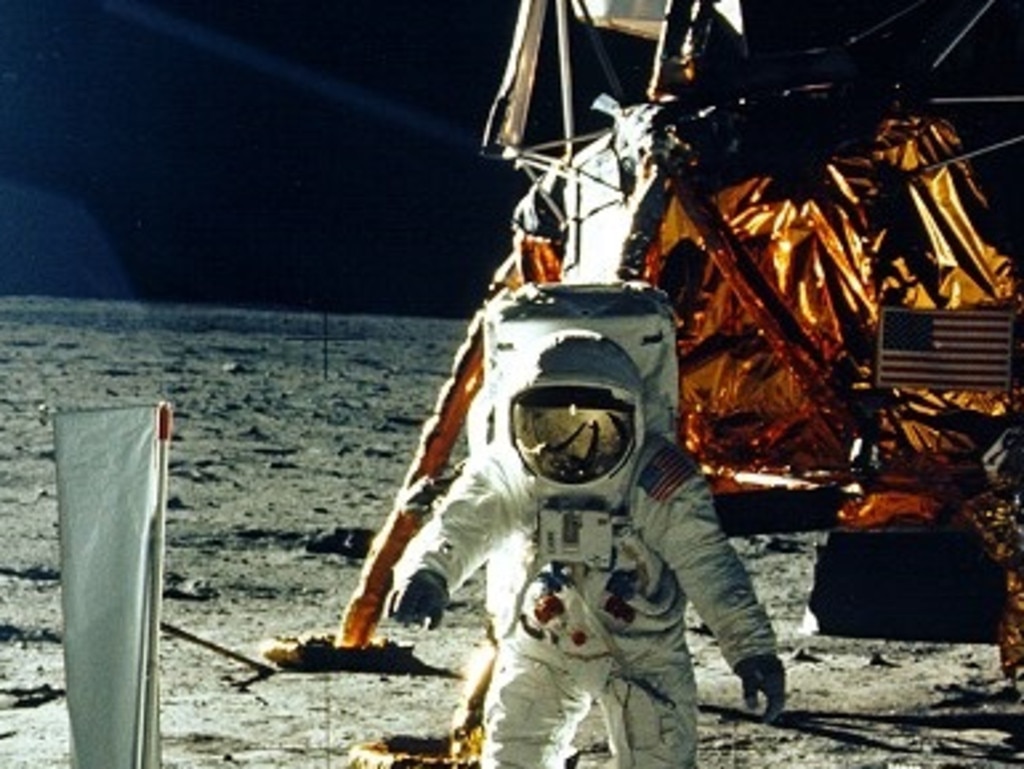
The Eagle has landed … and man walks on the moon
Greek Myths and Legends
Recycling
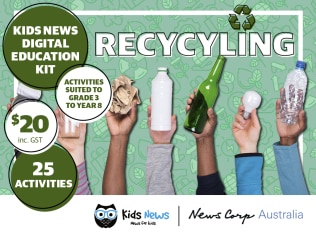
Recycling education kit sales
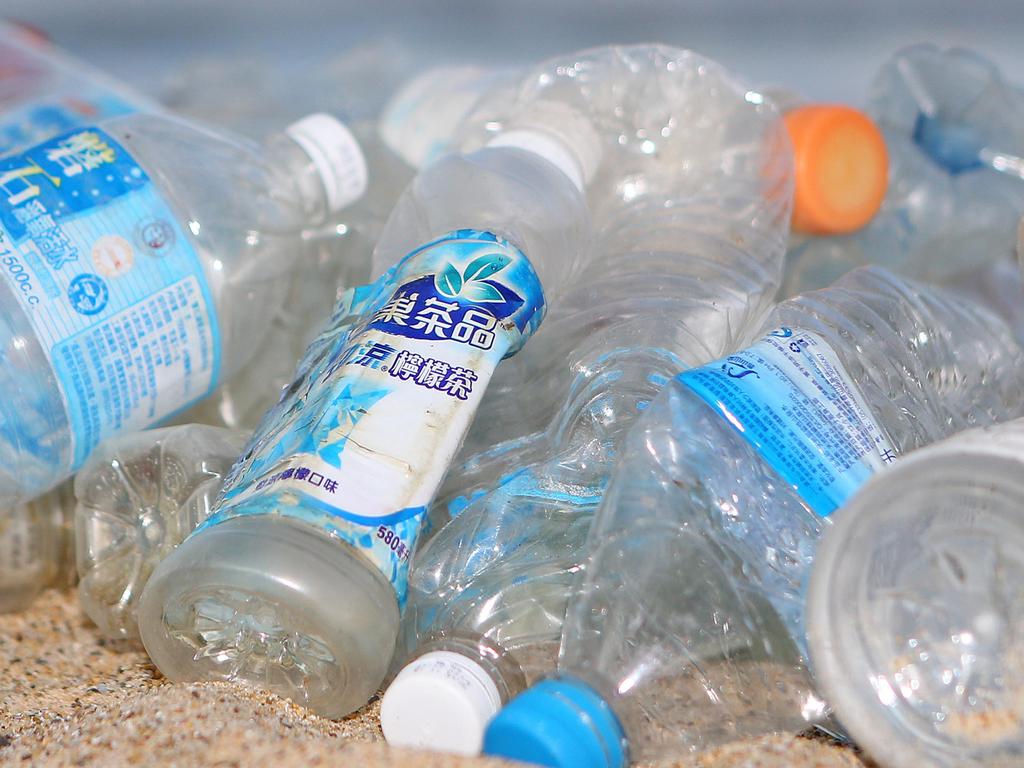
Why we need to talk about waste and recycling
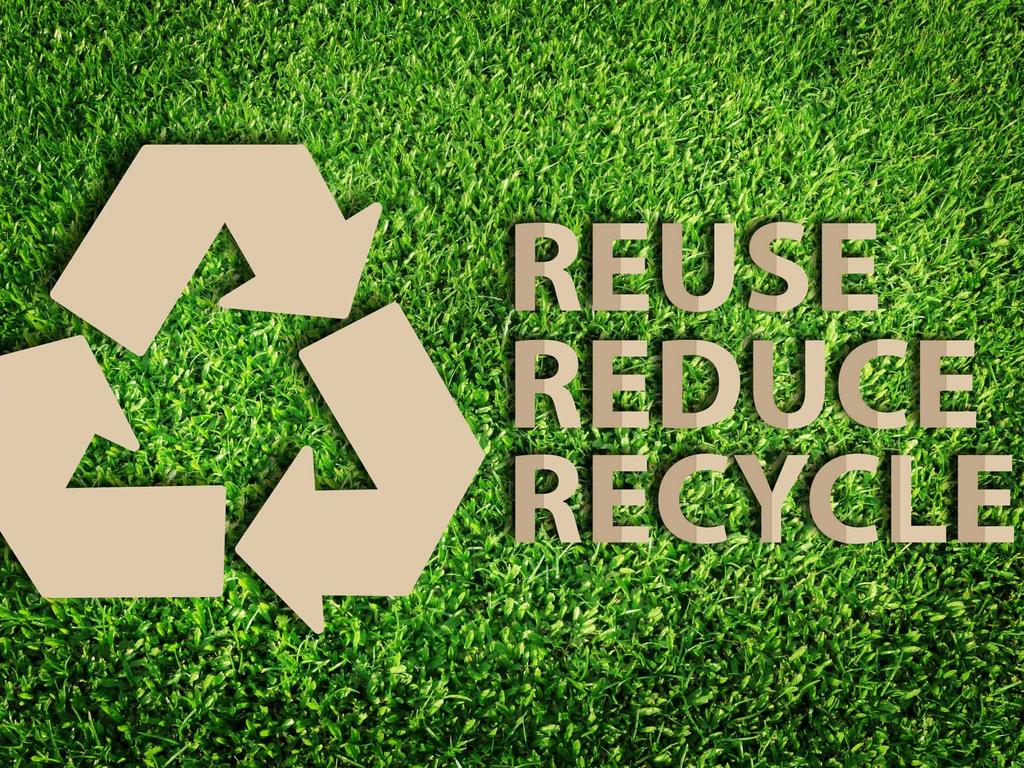
Learn the three Rs for a simple waste solution
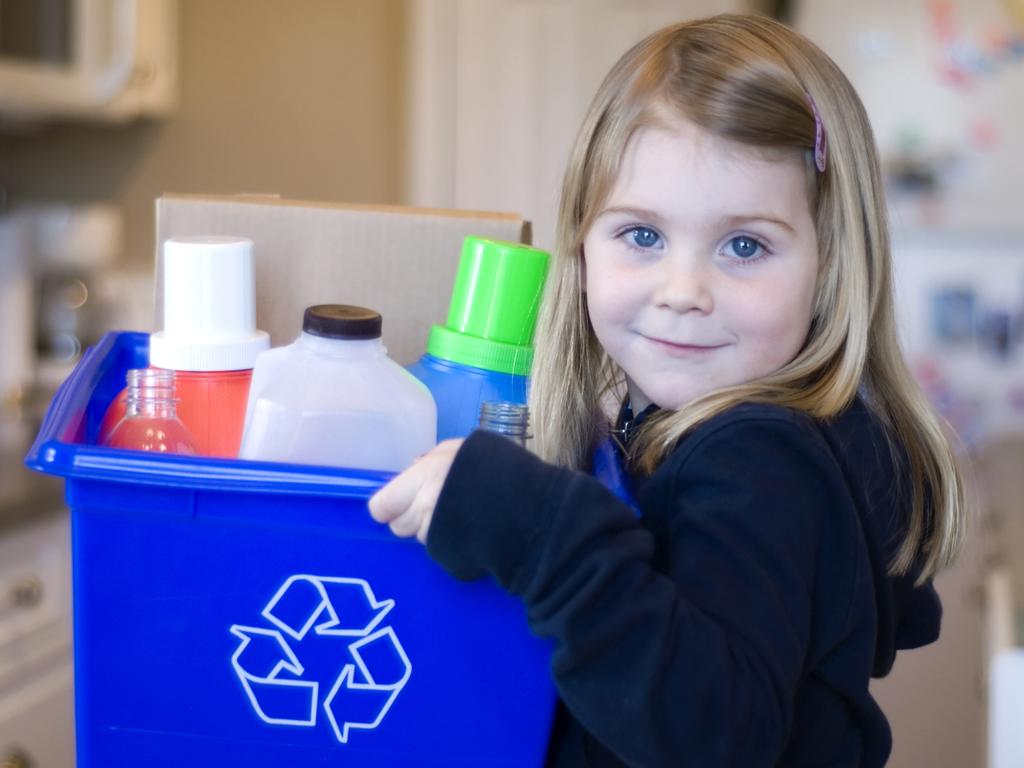
Australian recycling — then and now
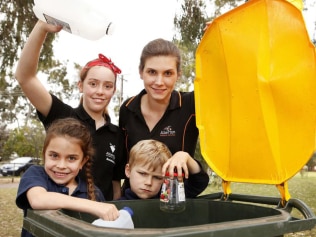
Recyclables from the bin back to you brand new
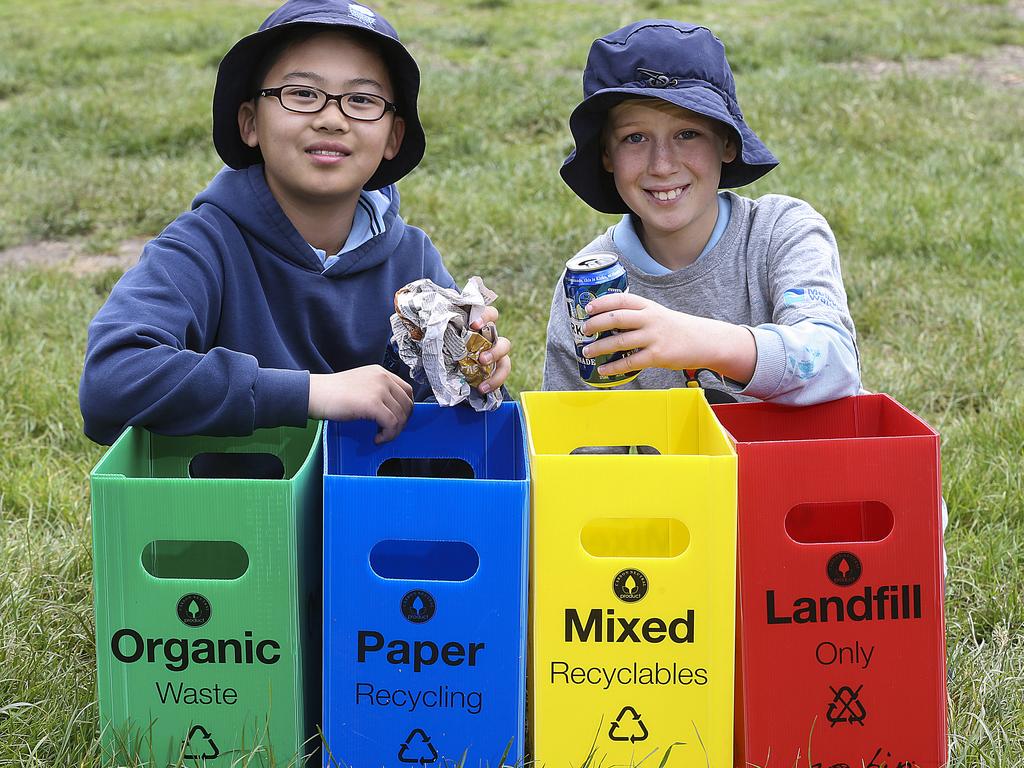
Comparing Australian recycling to the rest of the world
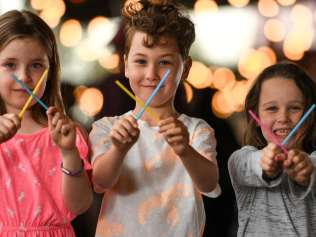
You can be a great recycler
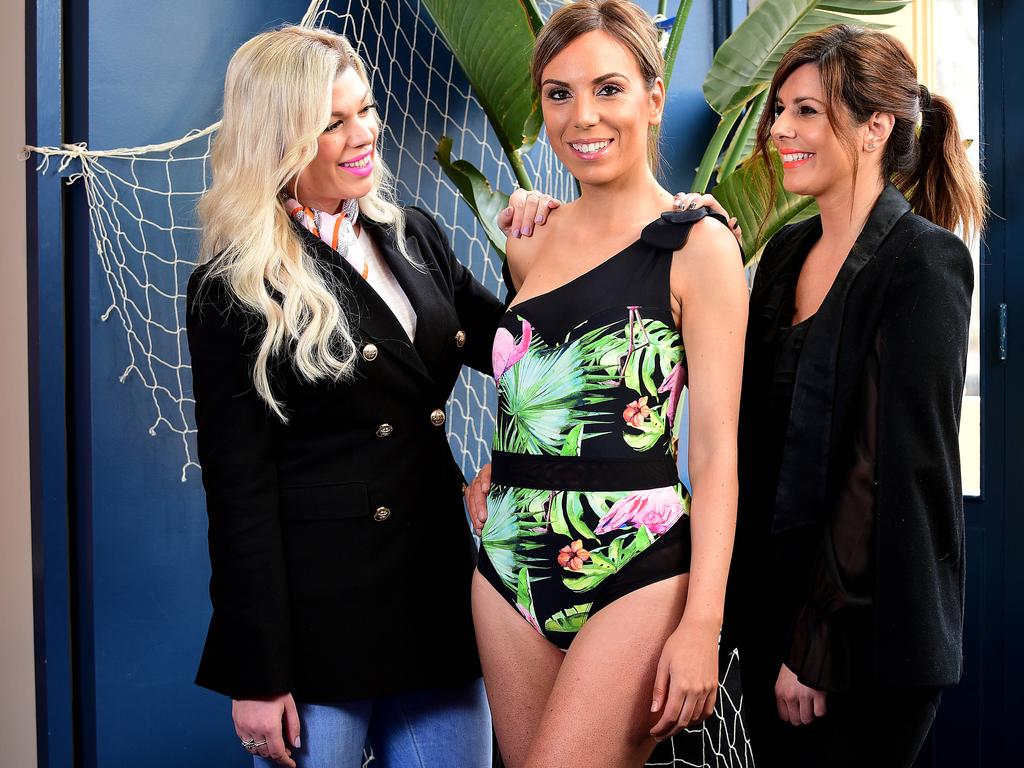
Close the recycling loop: buy it back
Olympics
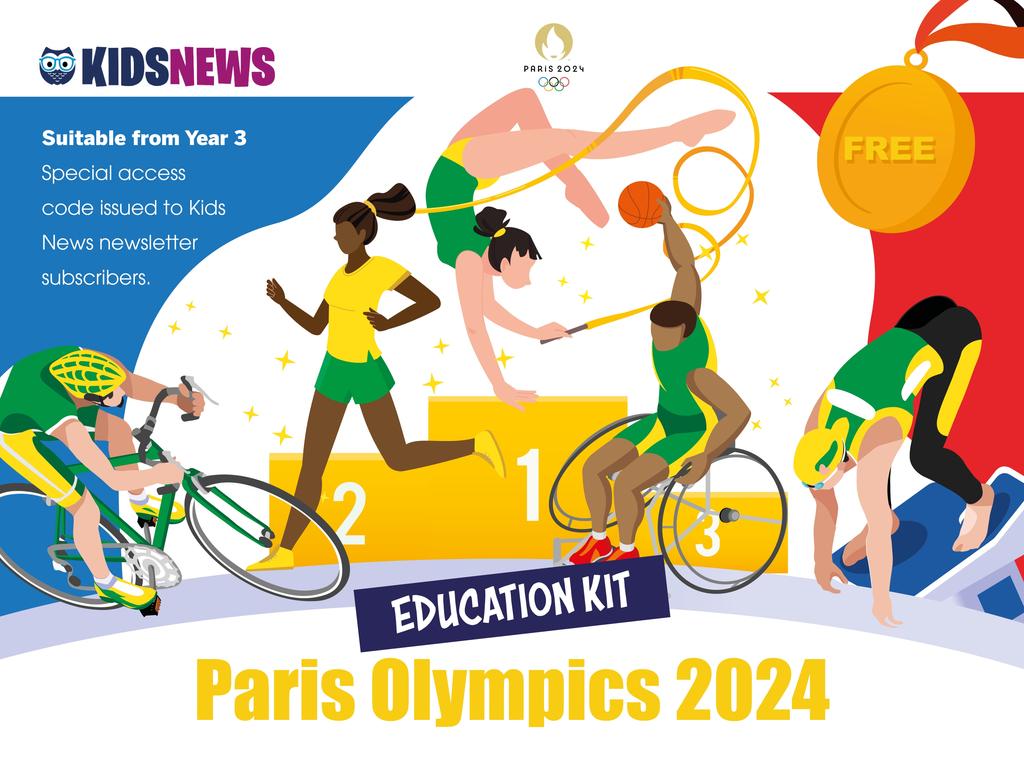
The world’s biggest sporting event
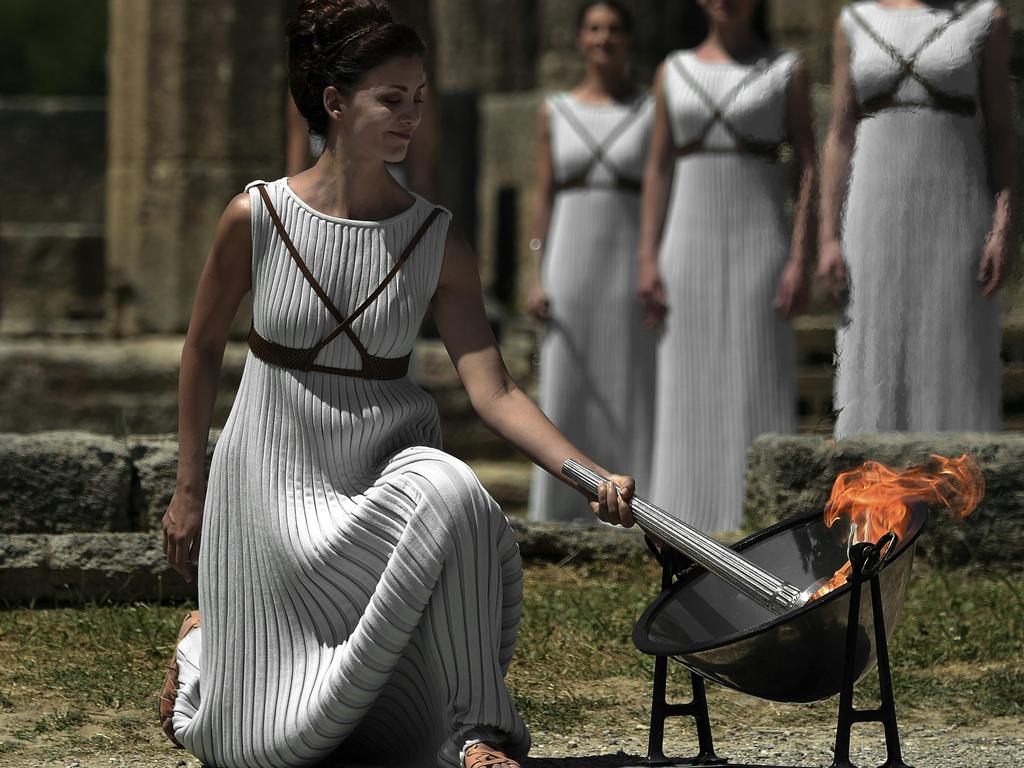
Ancient Games sparked the Olympic tradition
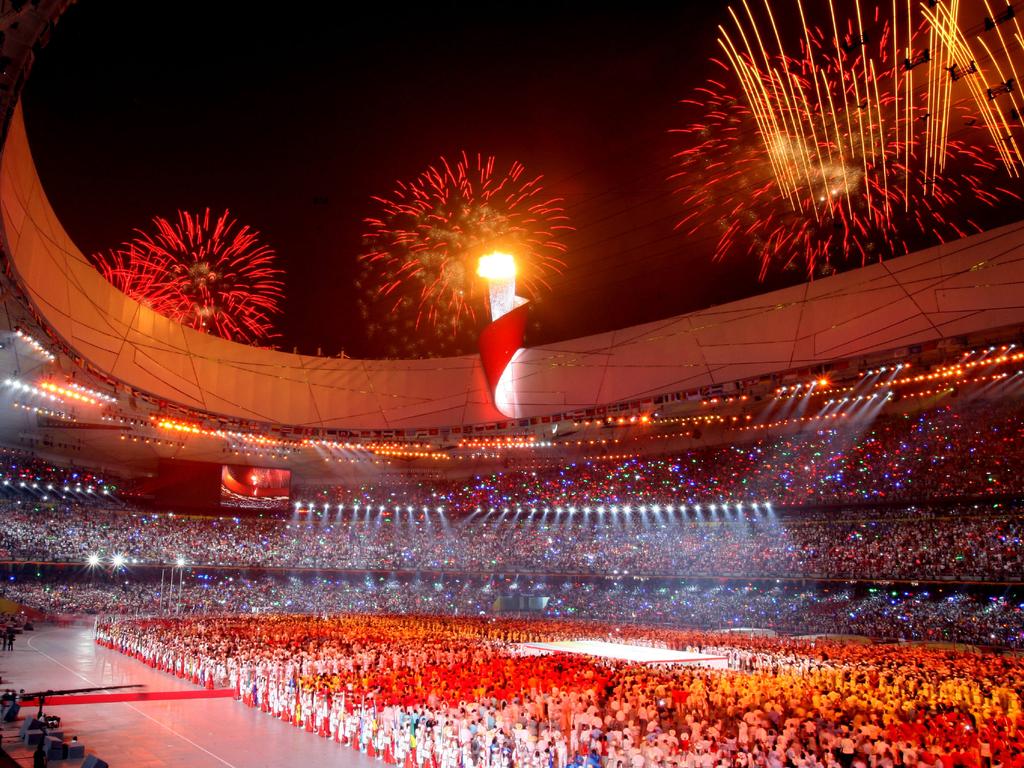
How modern Games became biggest show on Earth

Friendship, respect and excellence drive the Games
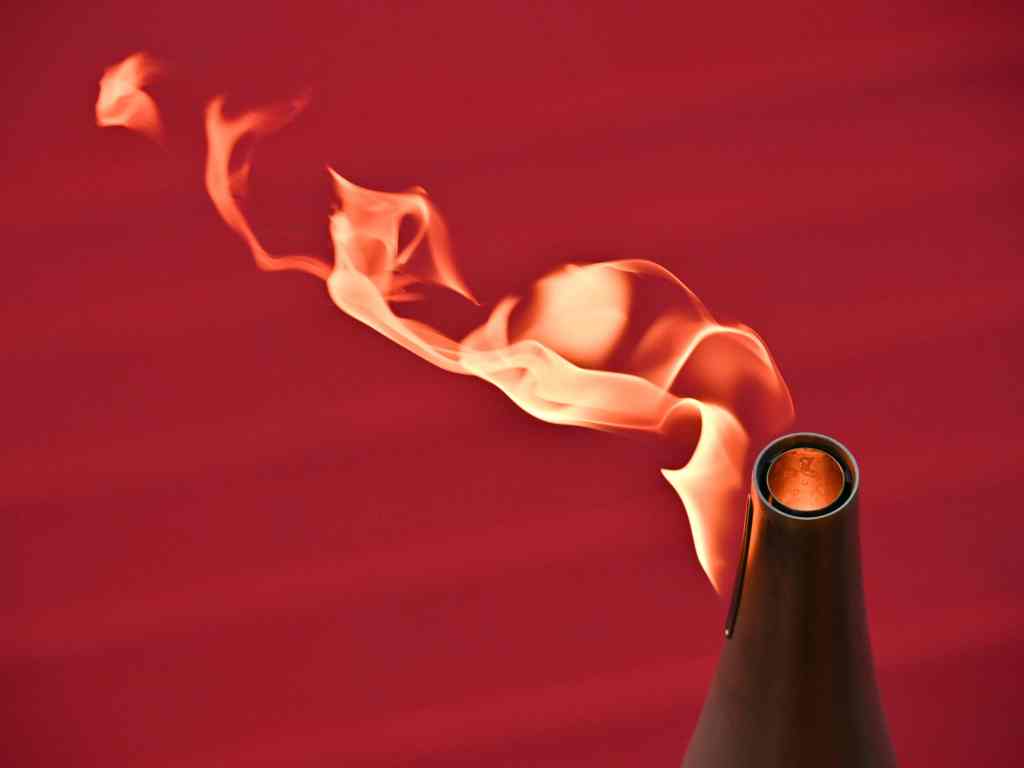
Follow the fascinating trail of the Olympic torch through time

River Seine to star in Opening Ceremony
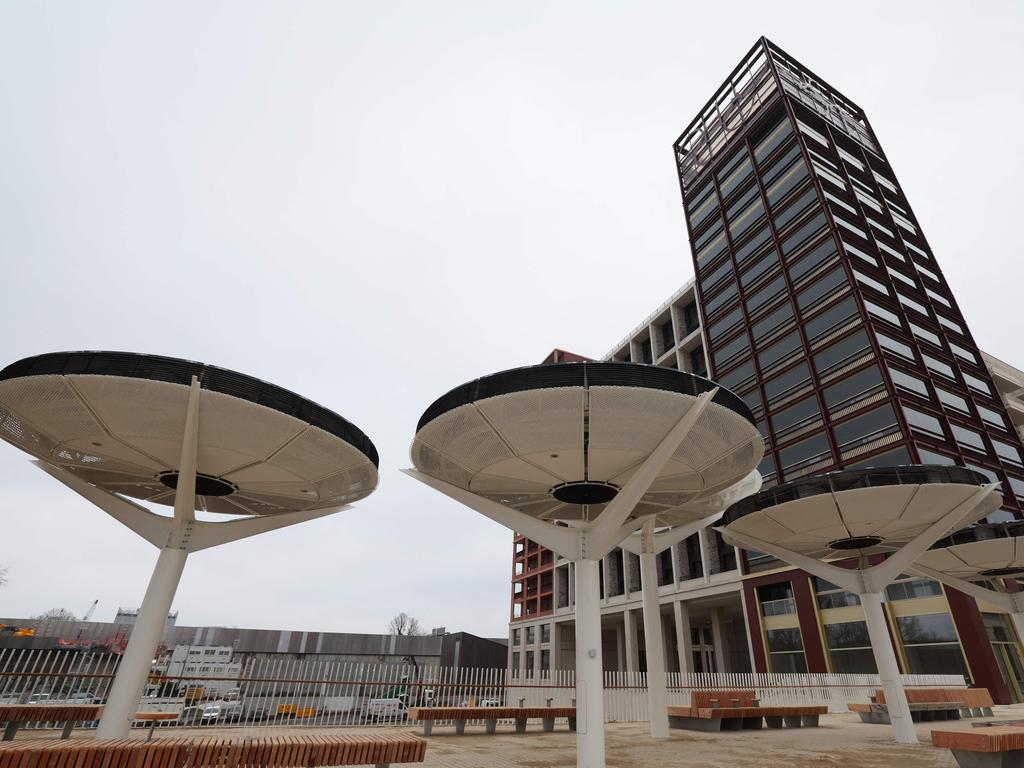
Designing an Olympic Village
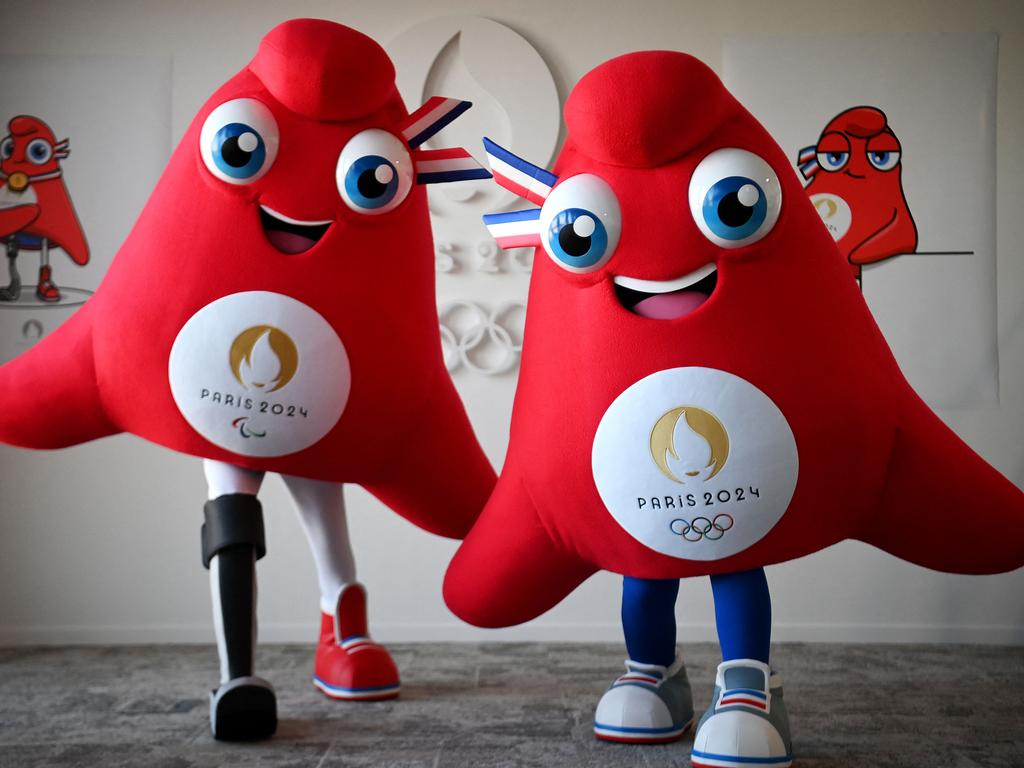
Medals and mascots of the Paris Games
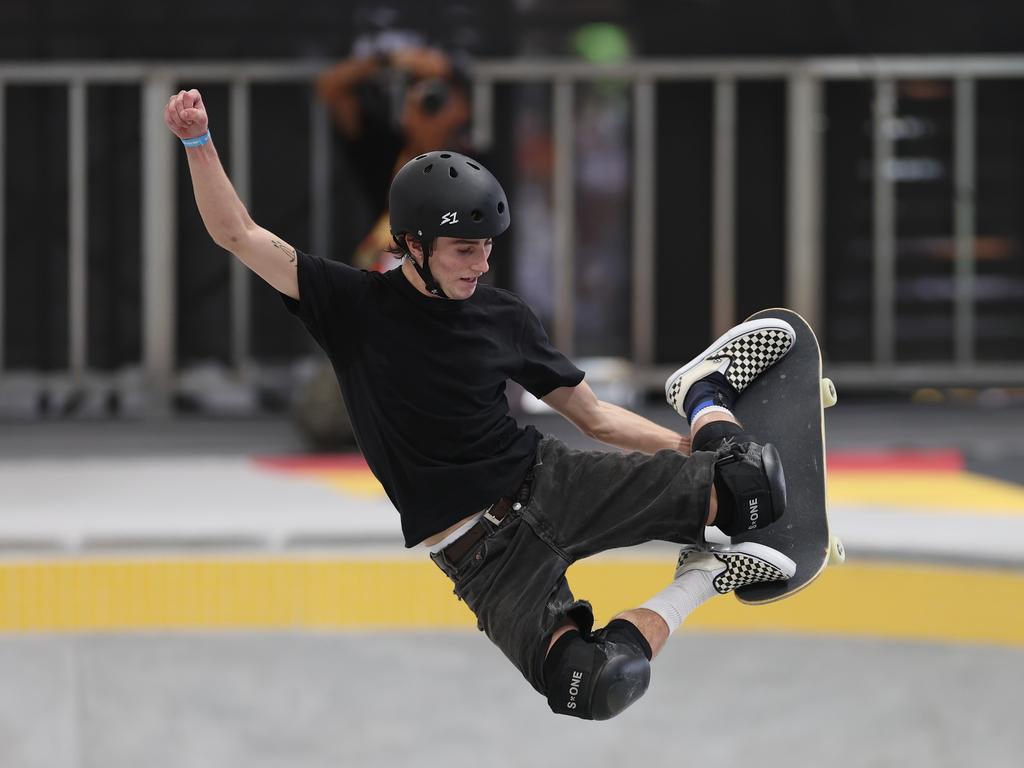
Skating dubbed Olympic sport
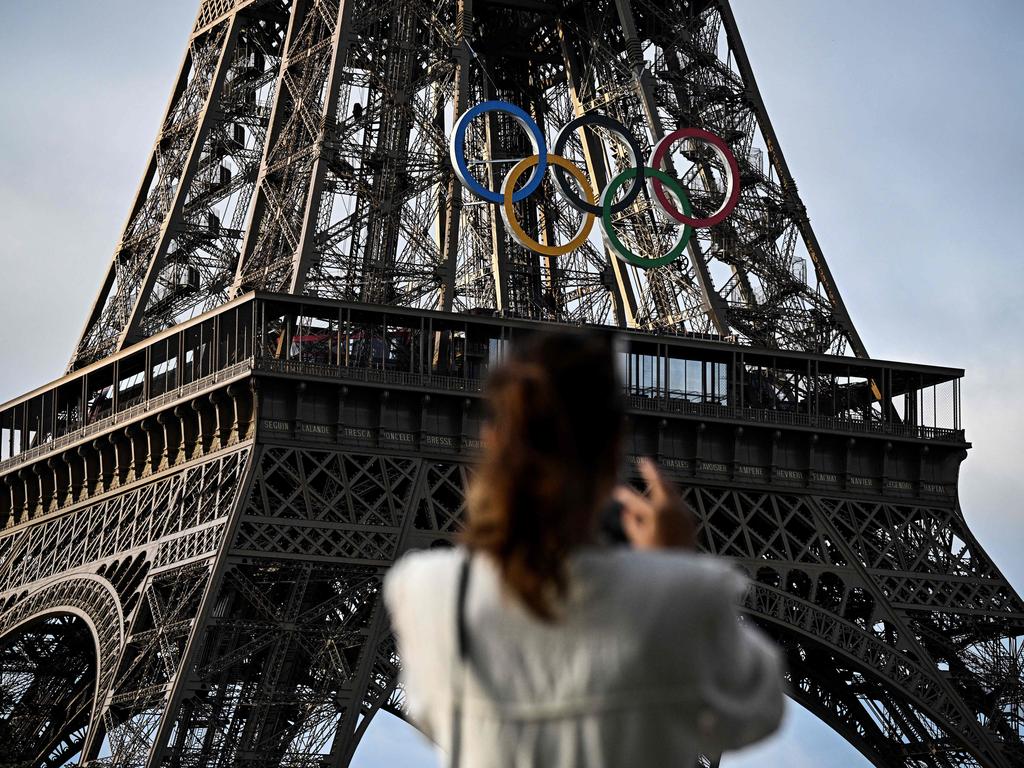
Bonjour la France et la Ville Lumiere
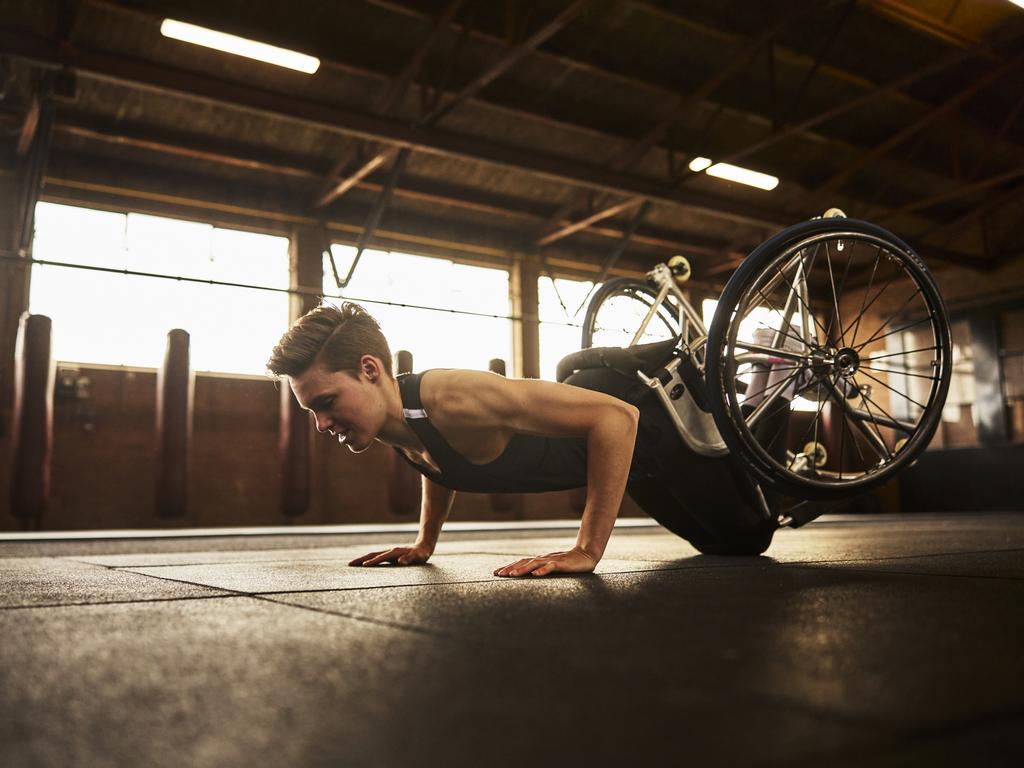
Oz Paralympic champs to watch
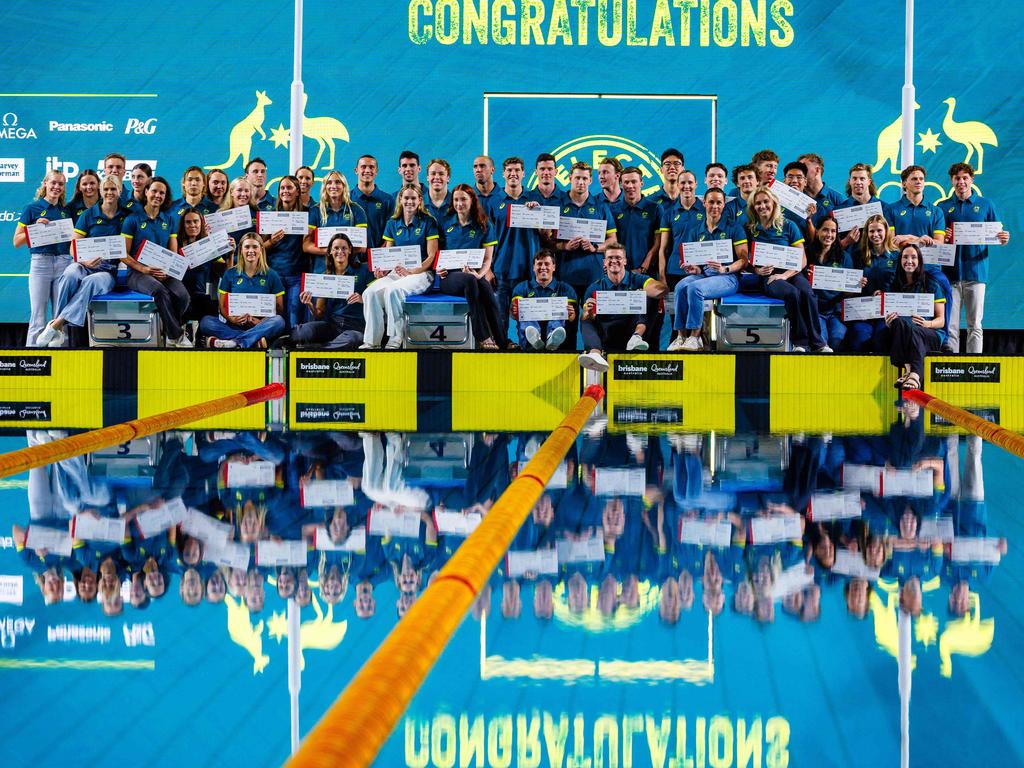
Our Oz Olympic heroes – let’s go, Australia!
Voice Referendum
Elections

Get our free Elections Education Kit
Australia is off to the polls. Let’s learn more about how and why we have federal elections
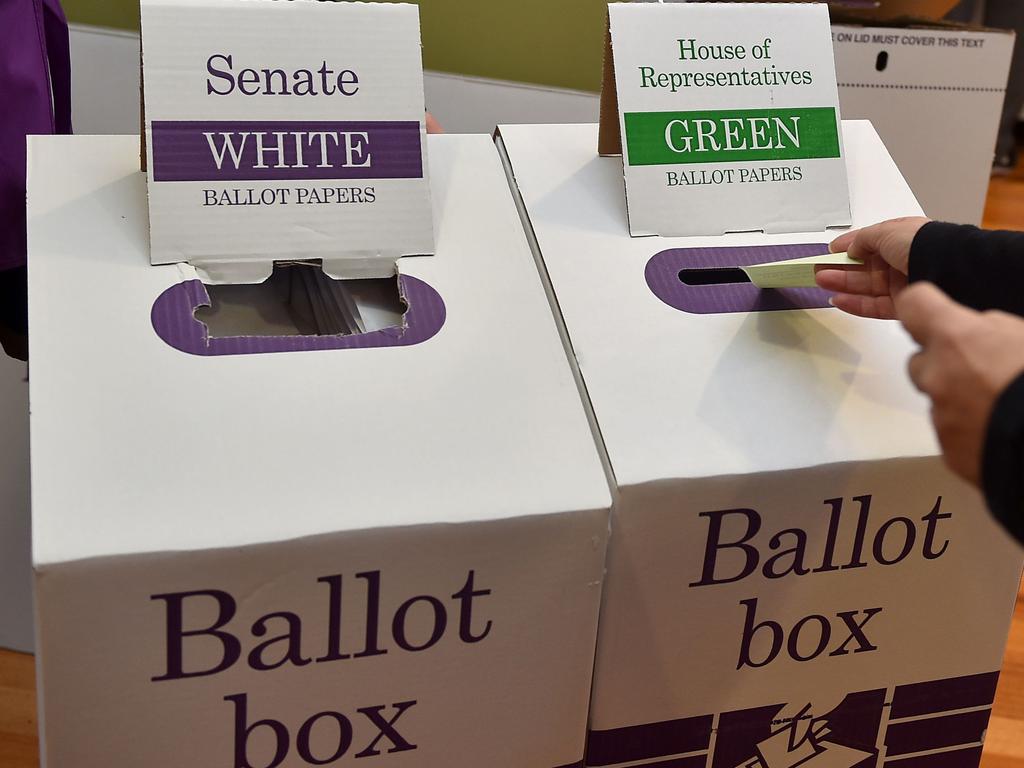
Australia is off to the polls
PART 1: It’s time for a federal election. Learn about why we have elections and what they achieve
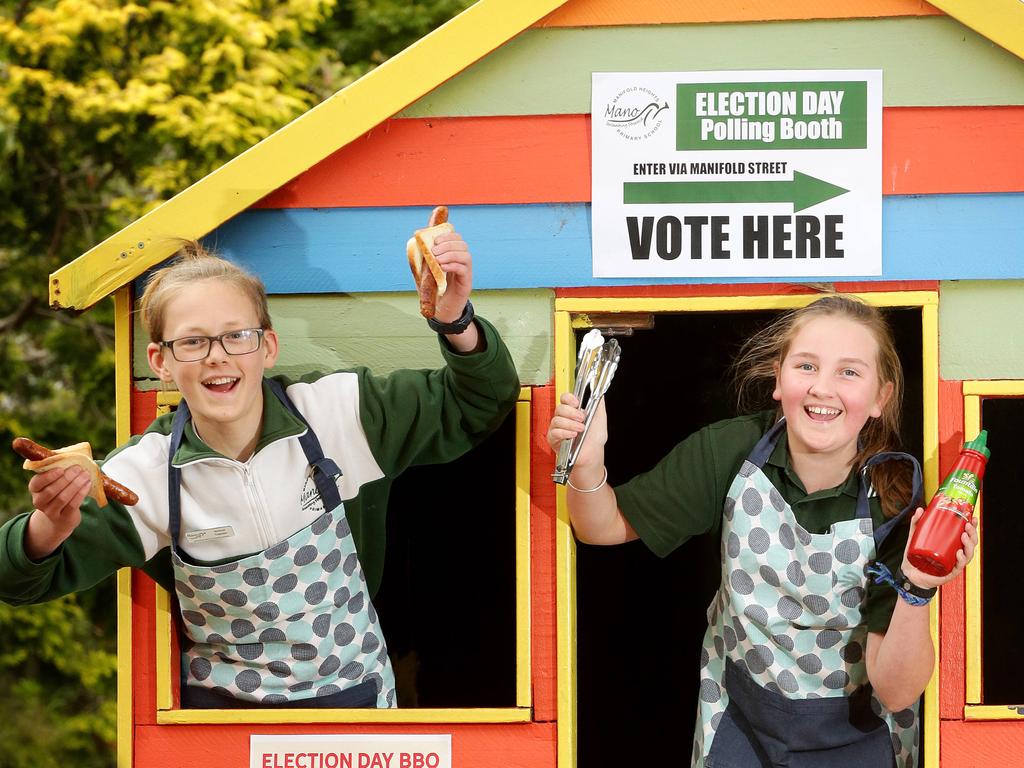
Enrol, vote and eat a democracy sausage!
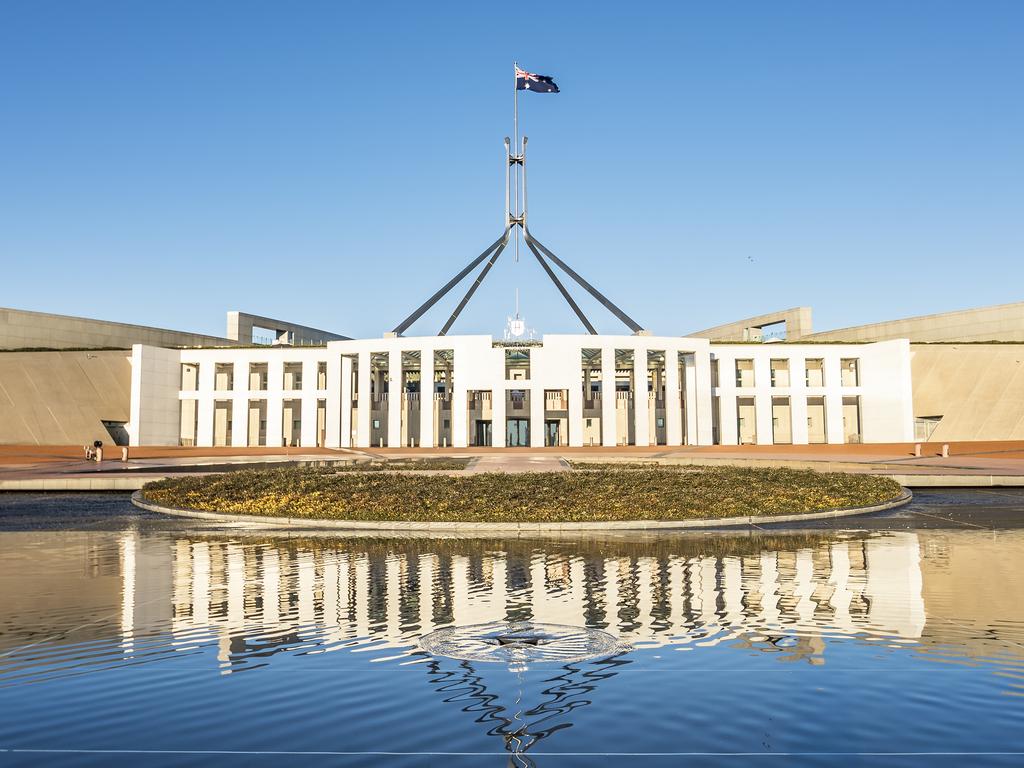
Step inside the houses of federal parliament
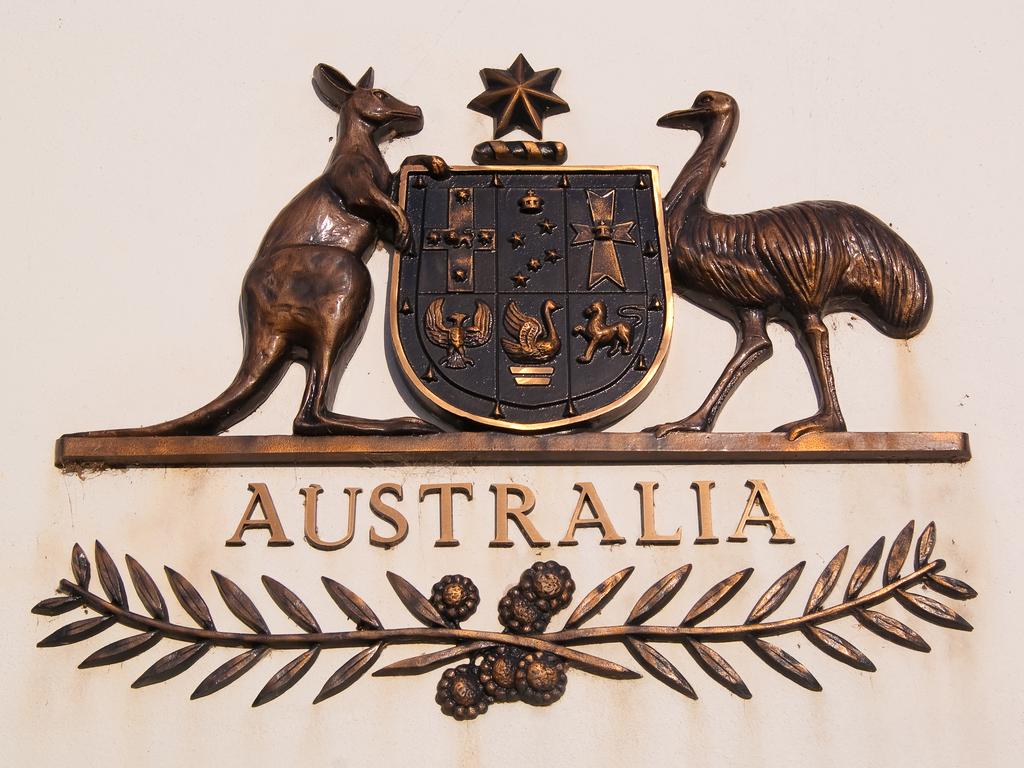
Australia’s system of government
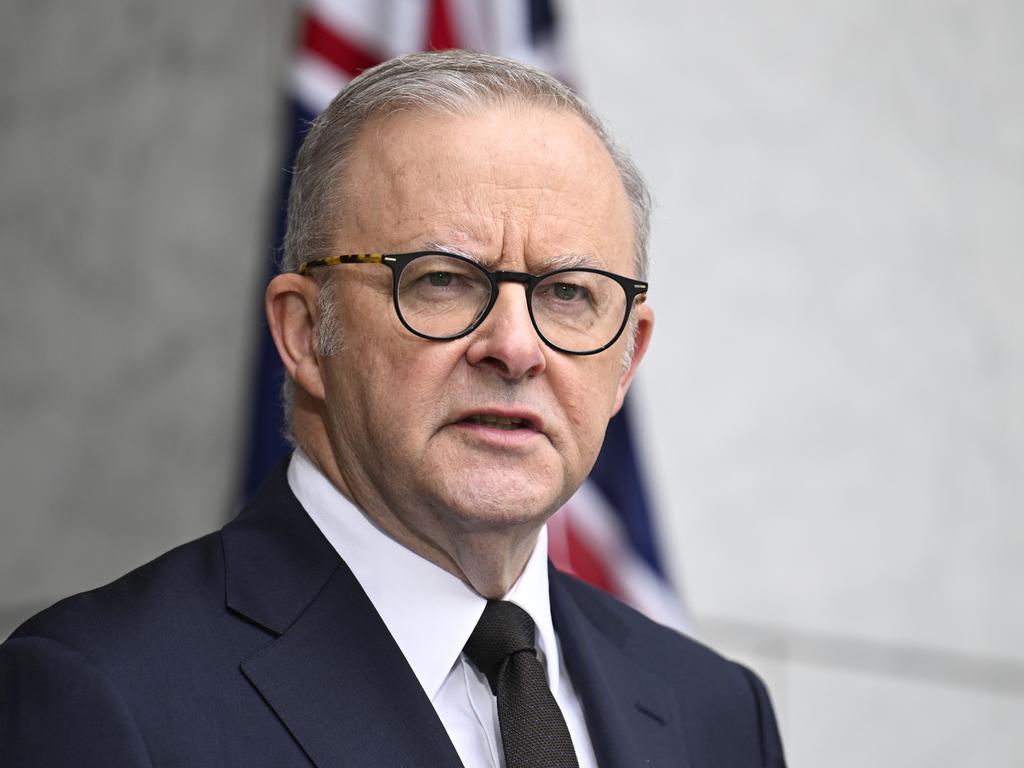
Inside Australia’s top job
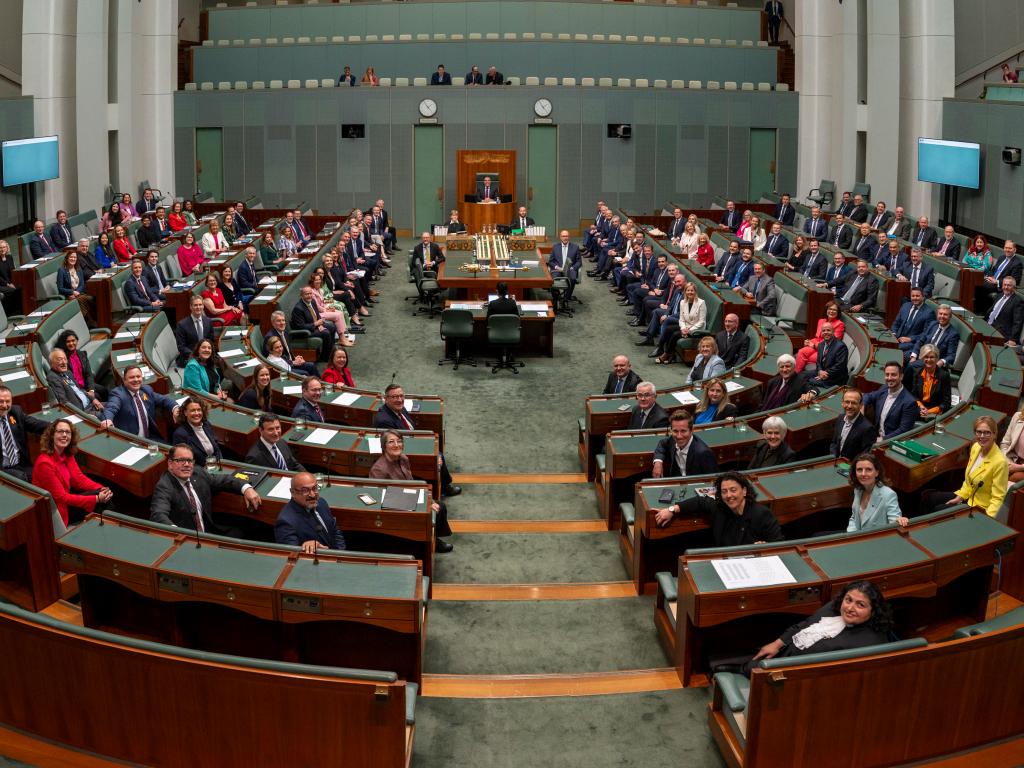
Parties line up in the game of politics

On the election campaign trail
PART 7: Here’s how parties and candidates try to convince people to vote for them
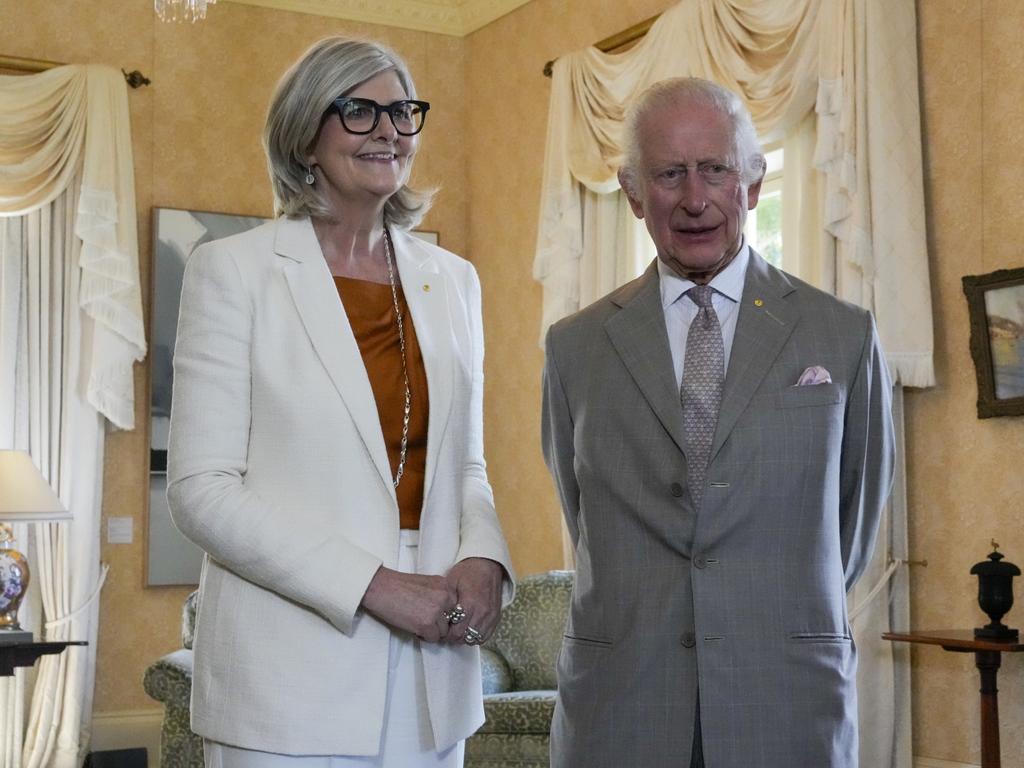
When the PM visits the G-G
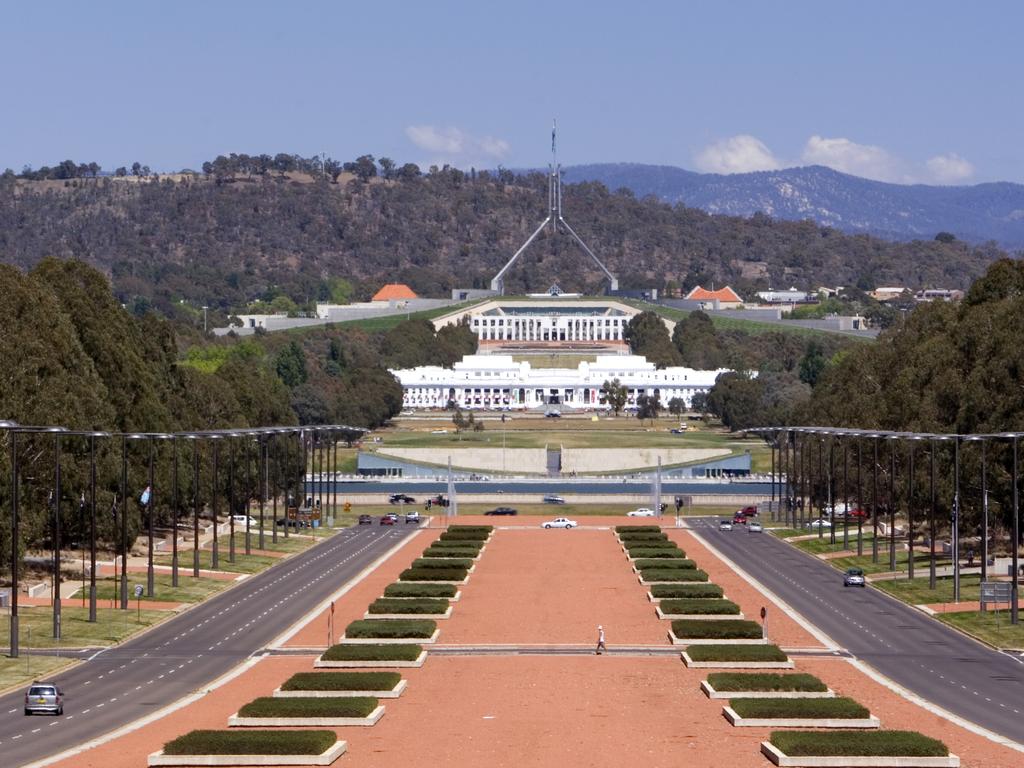
Welcome to Canberra, home of democracy


